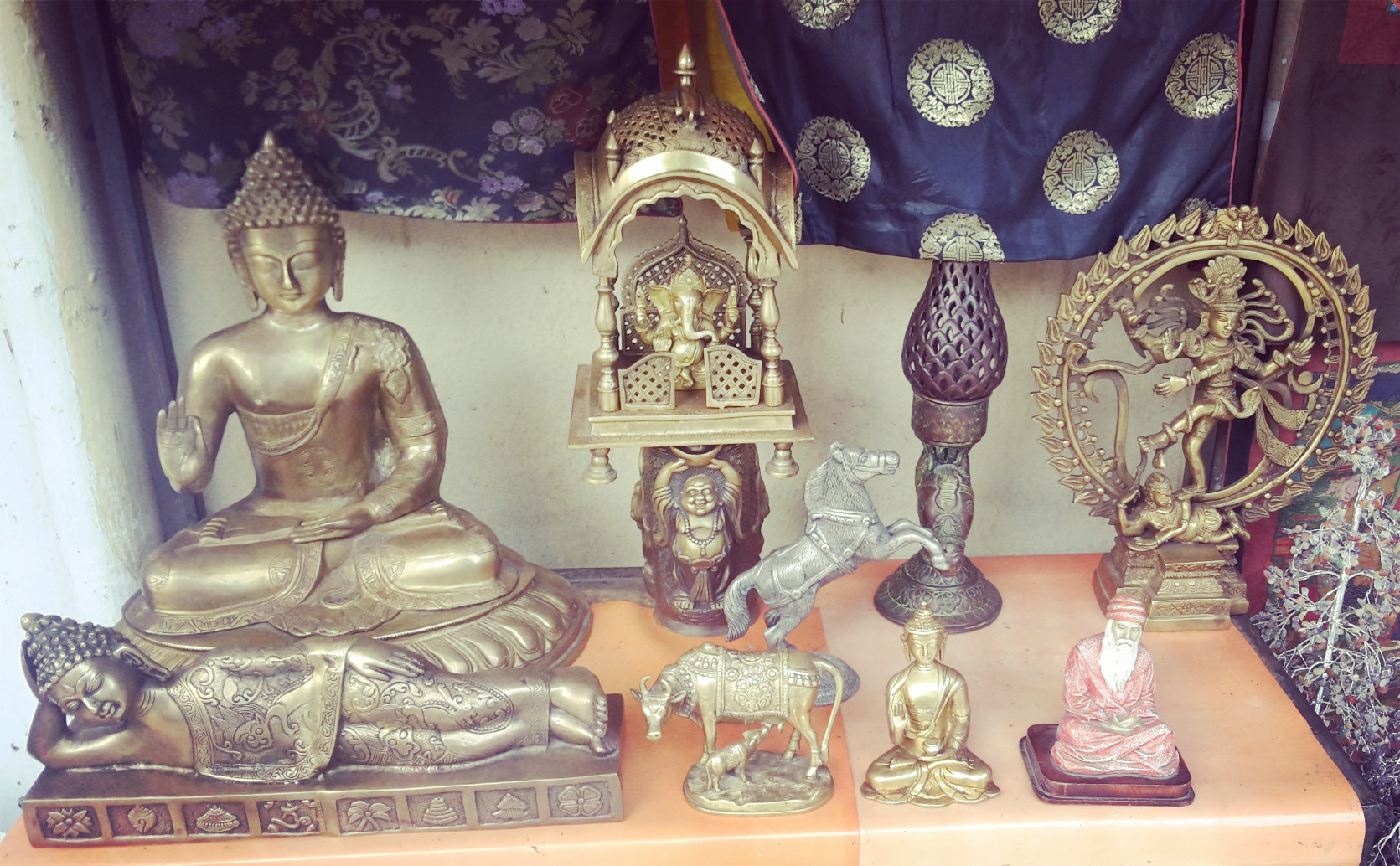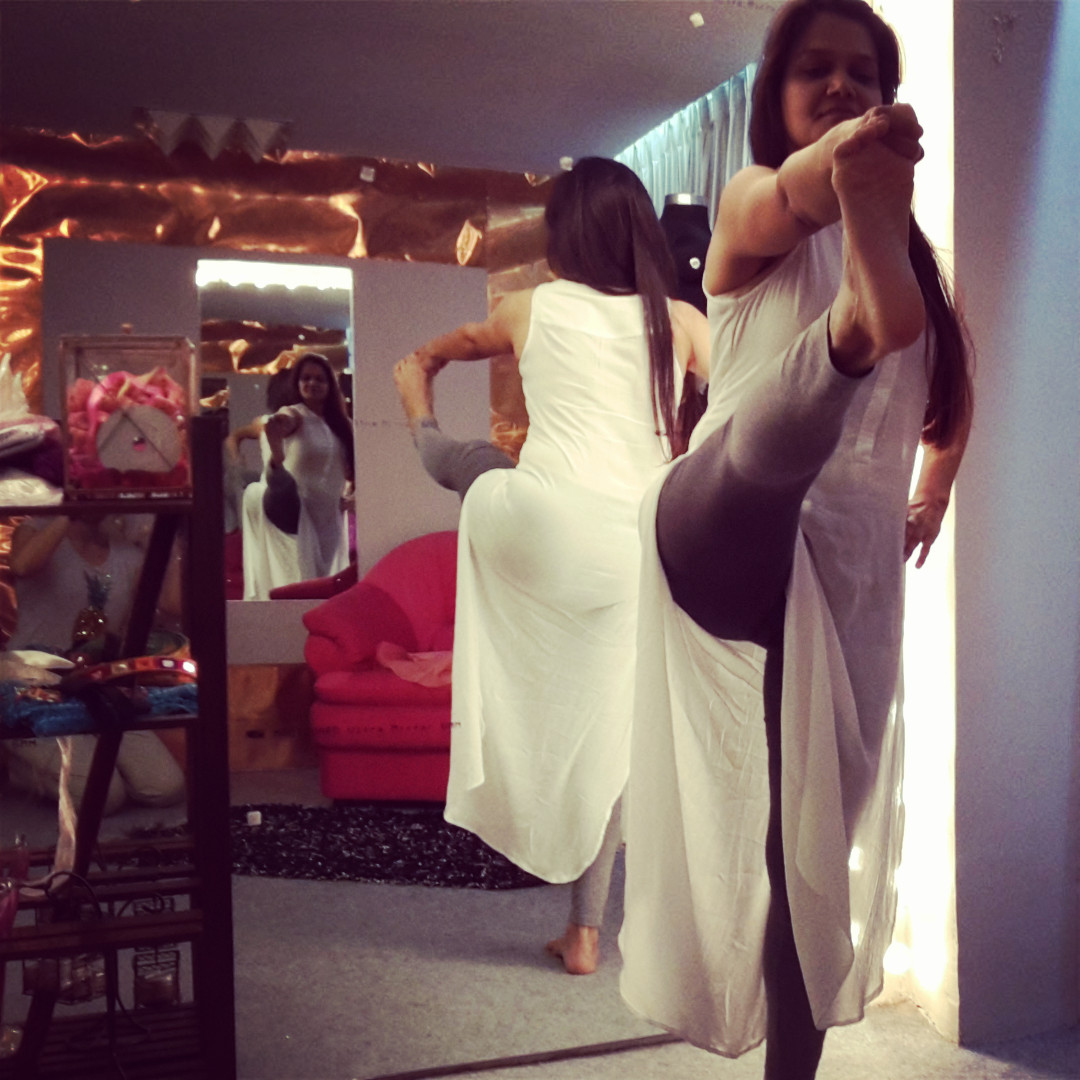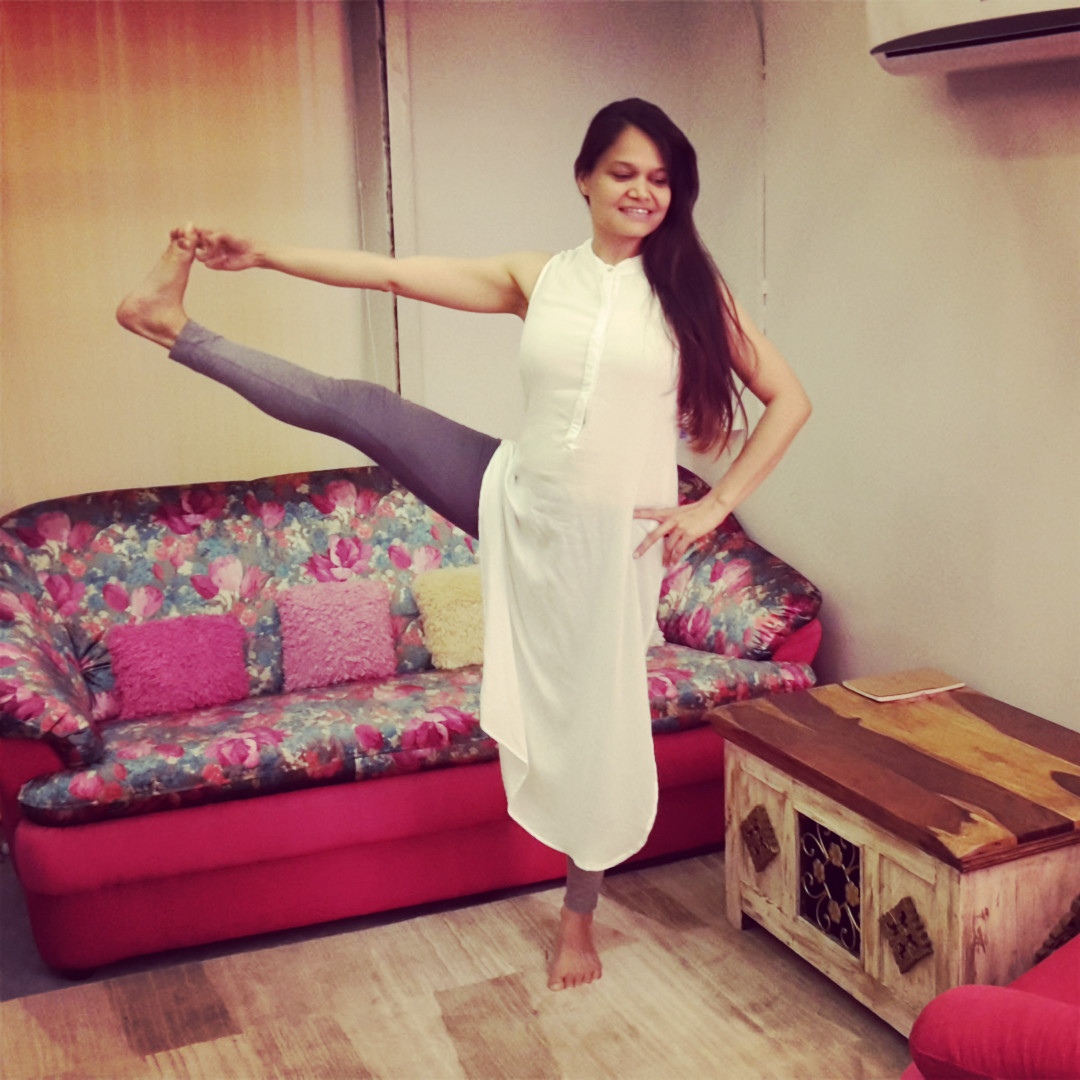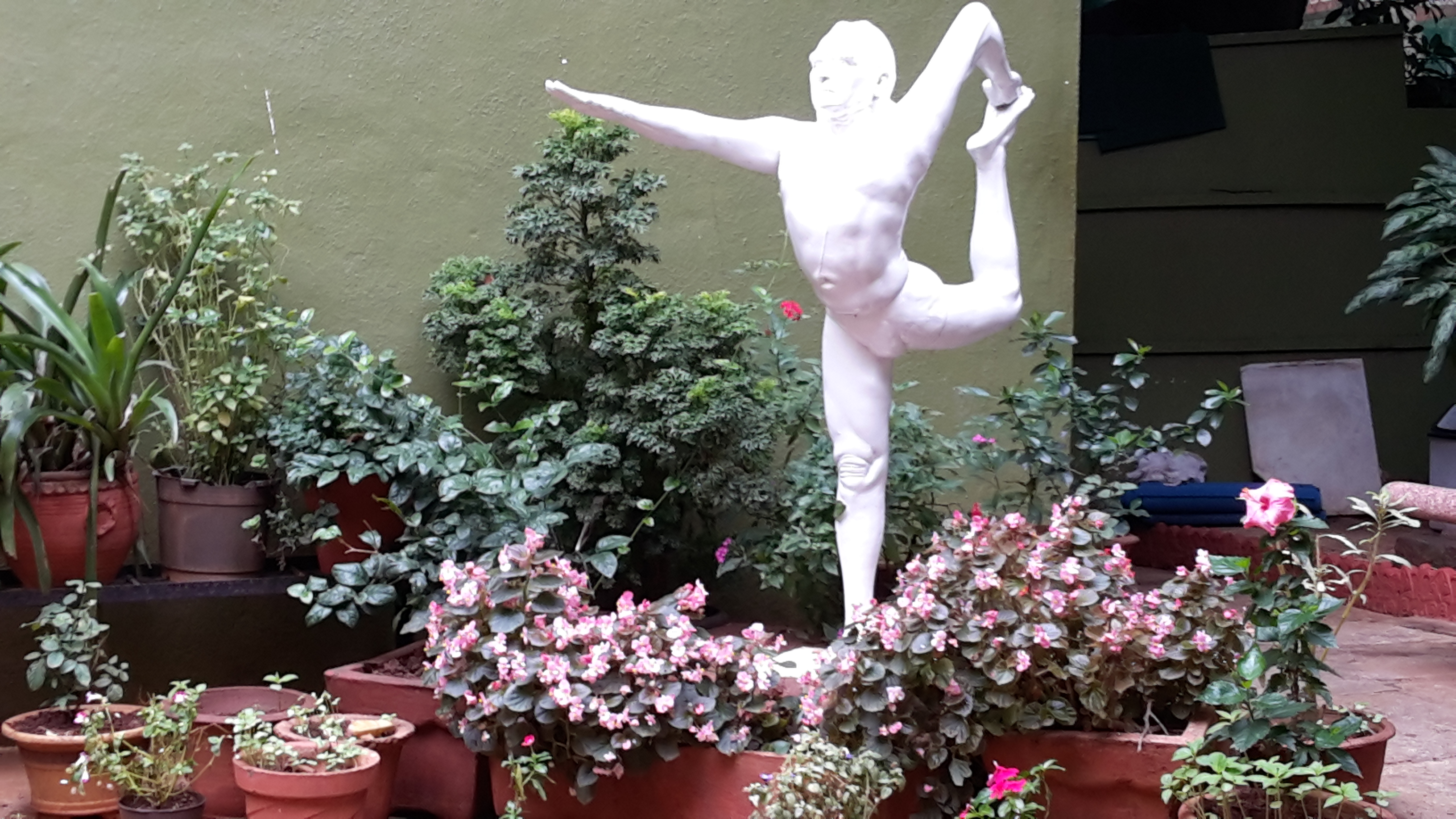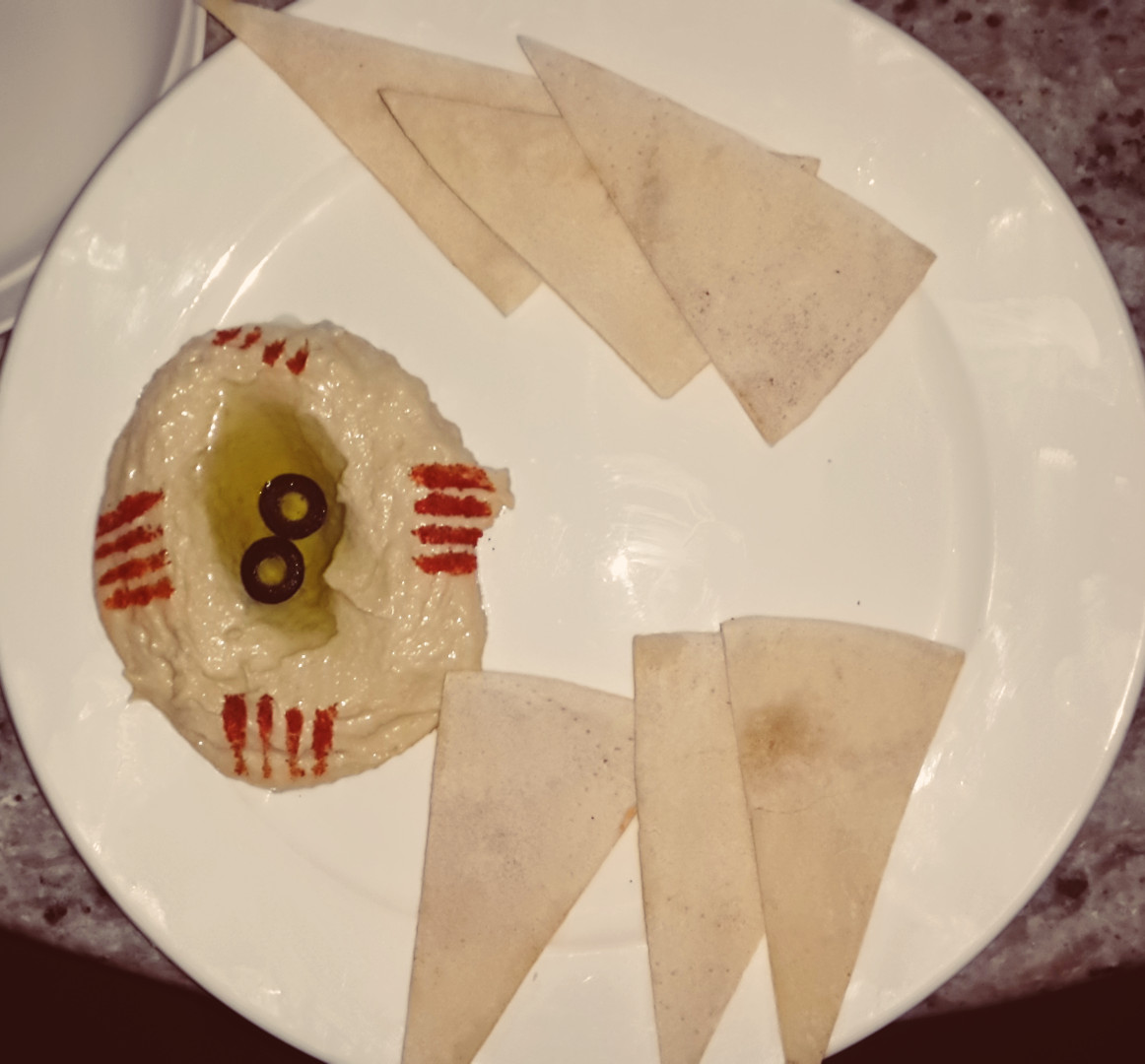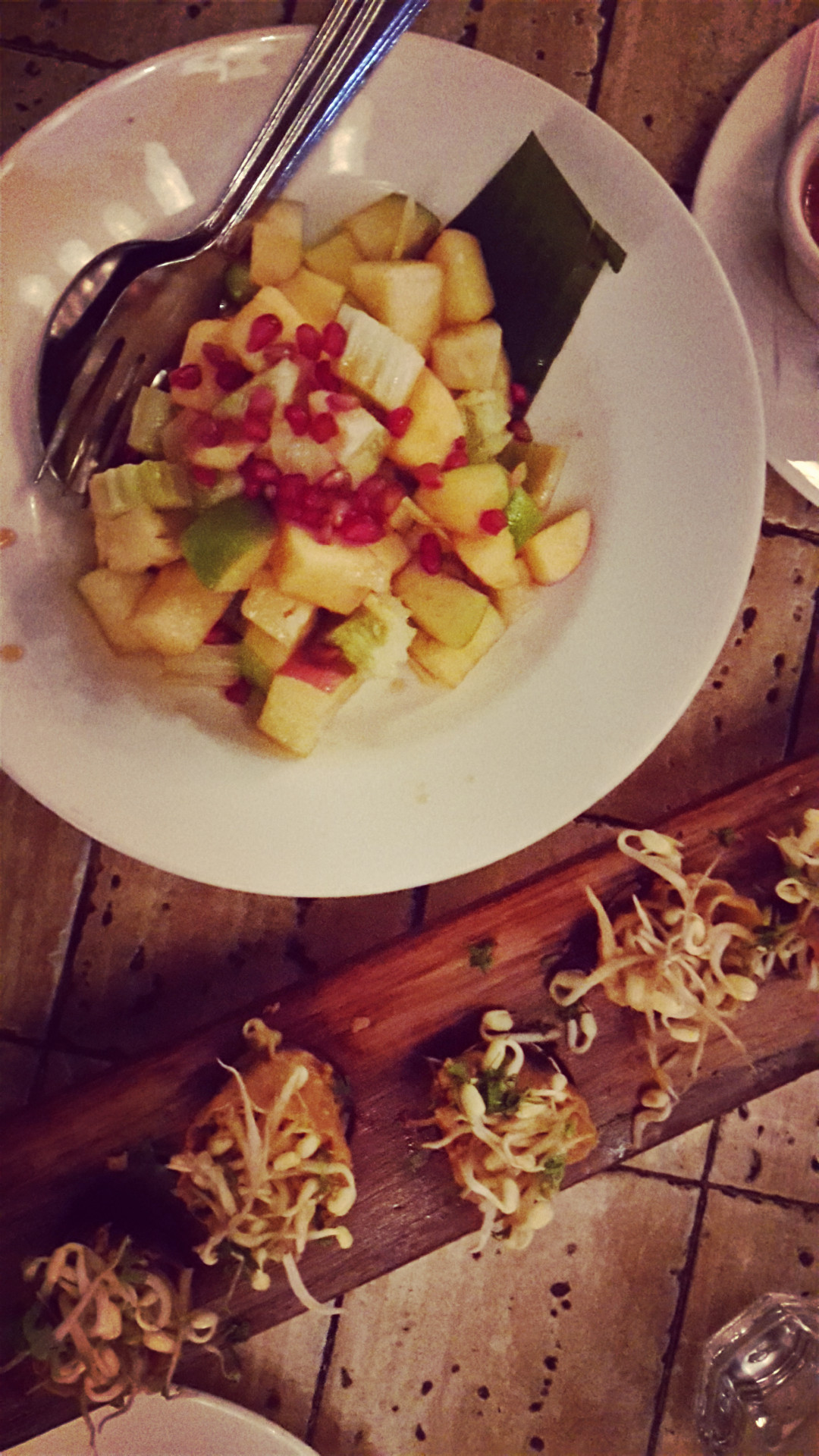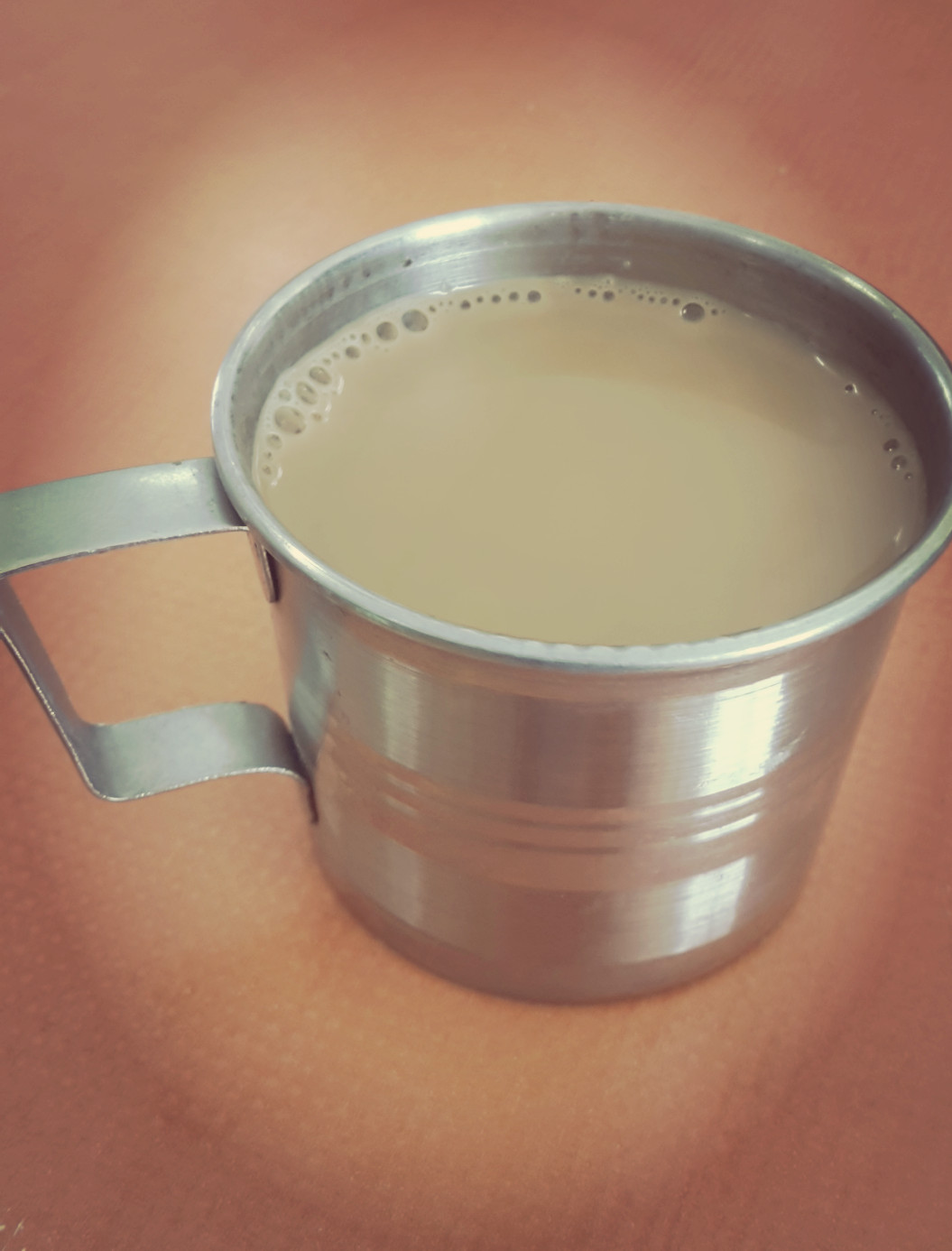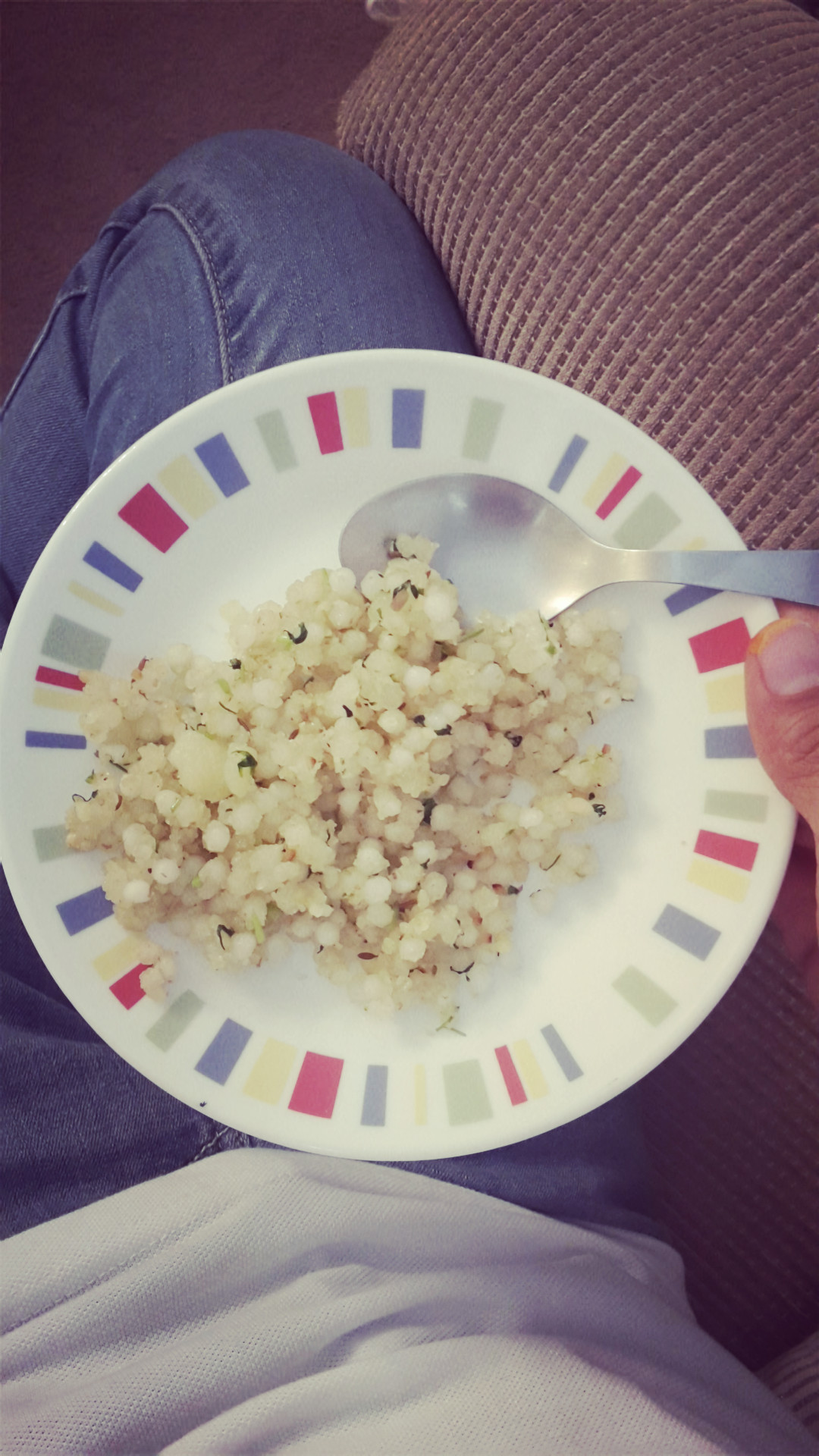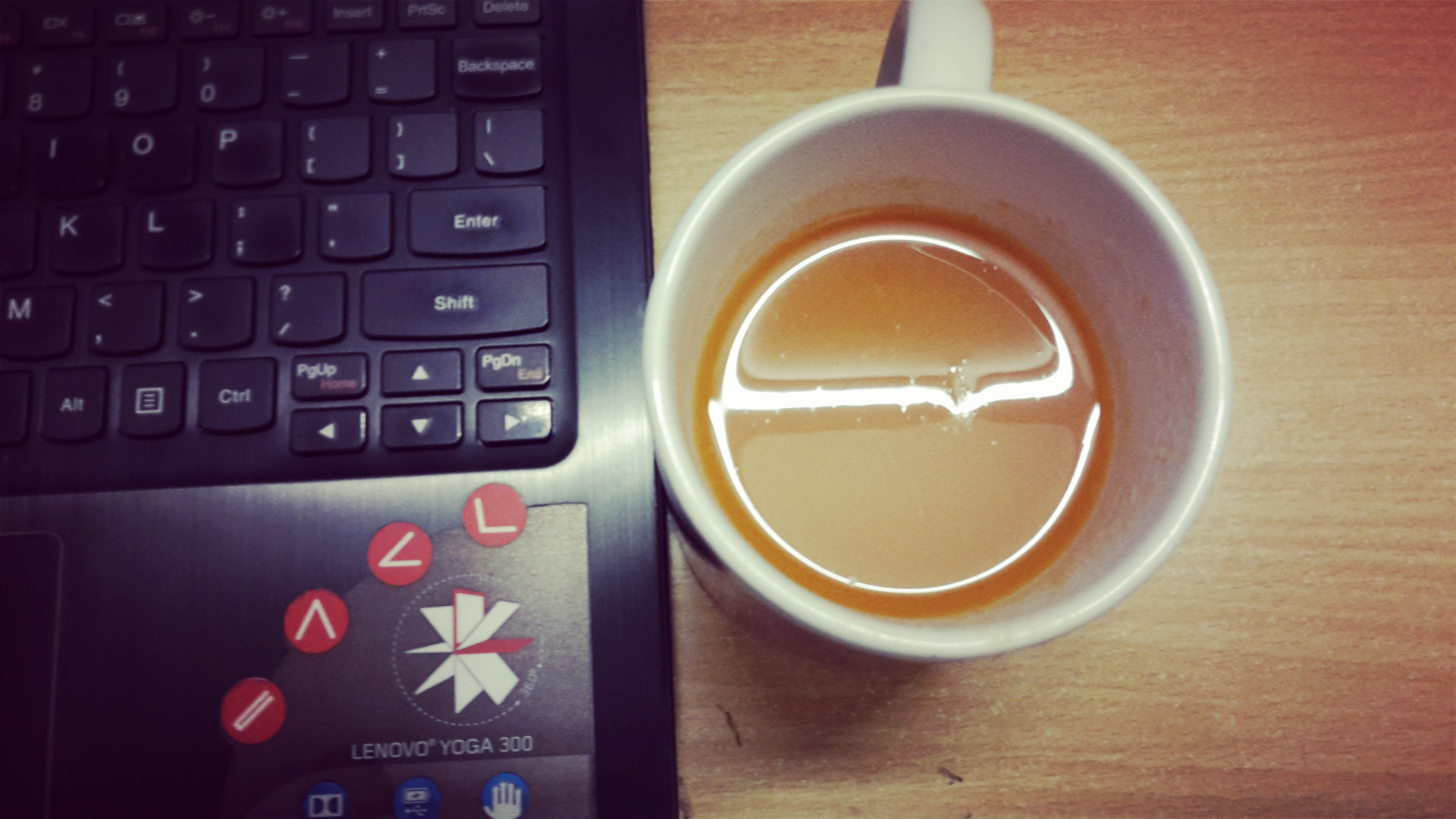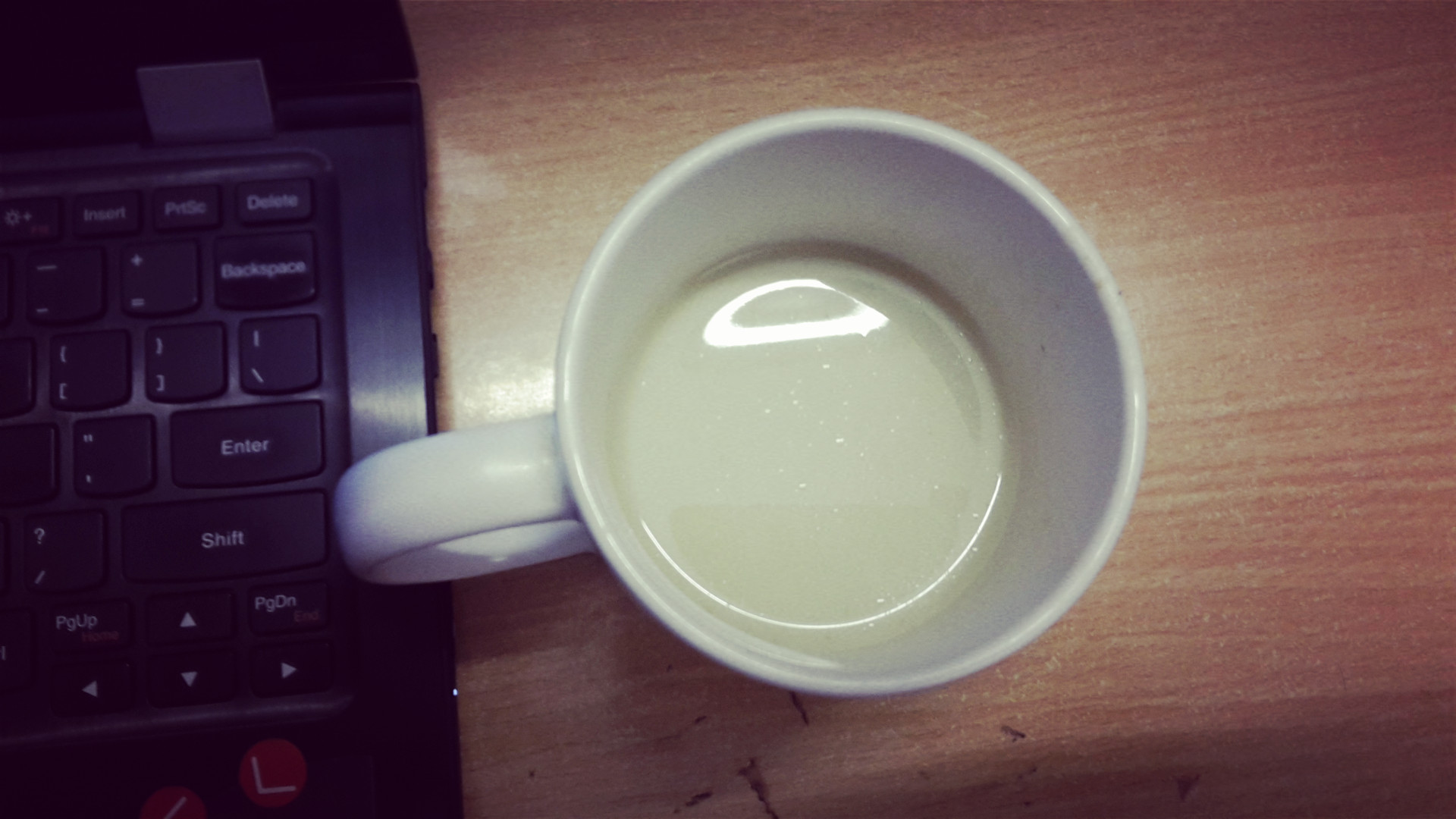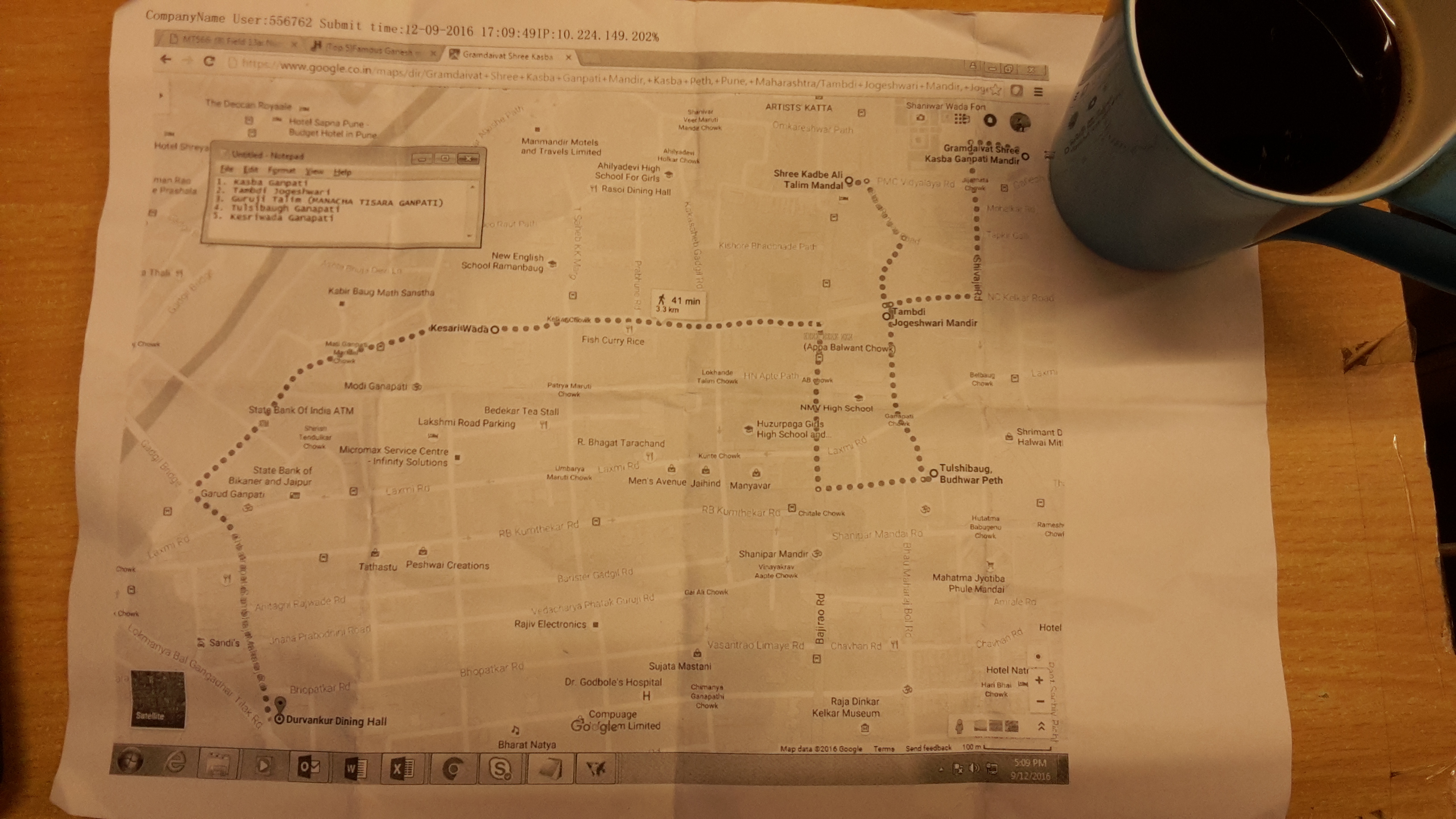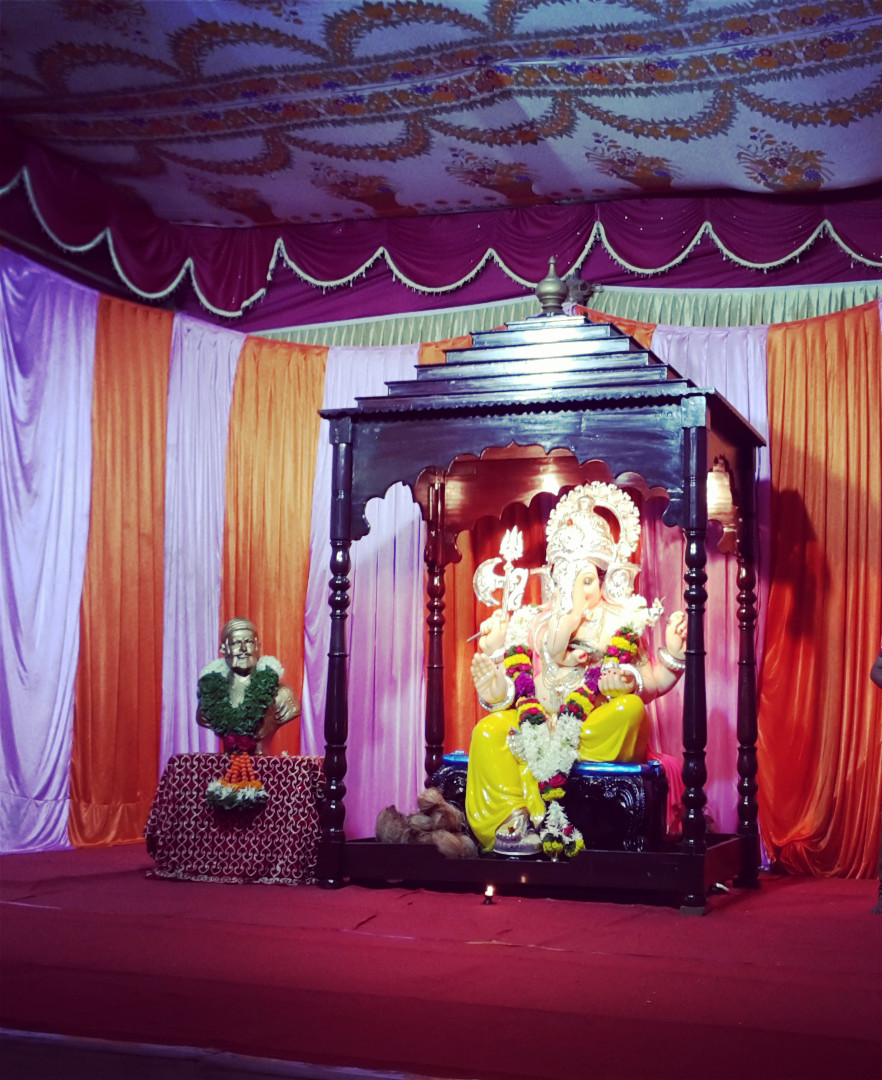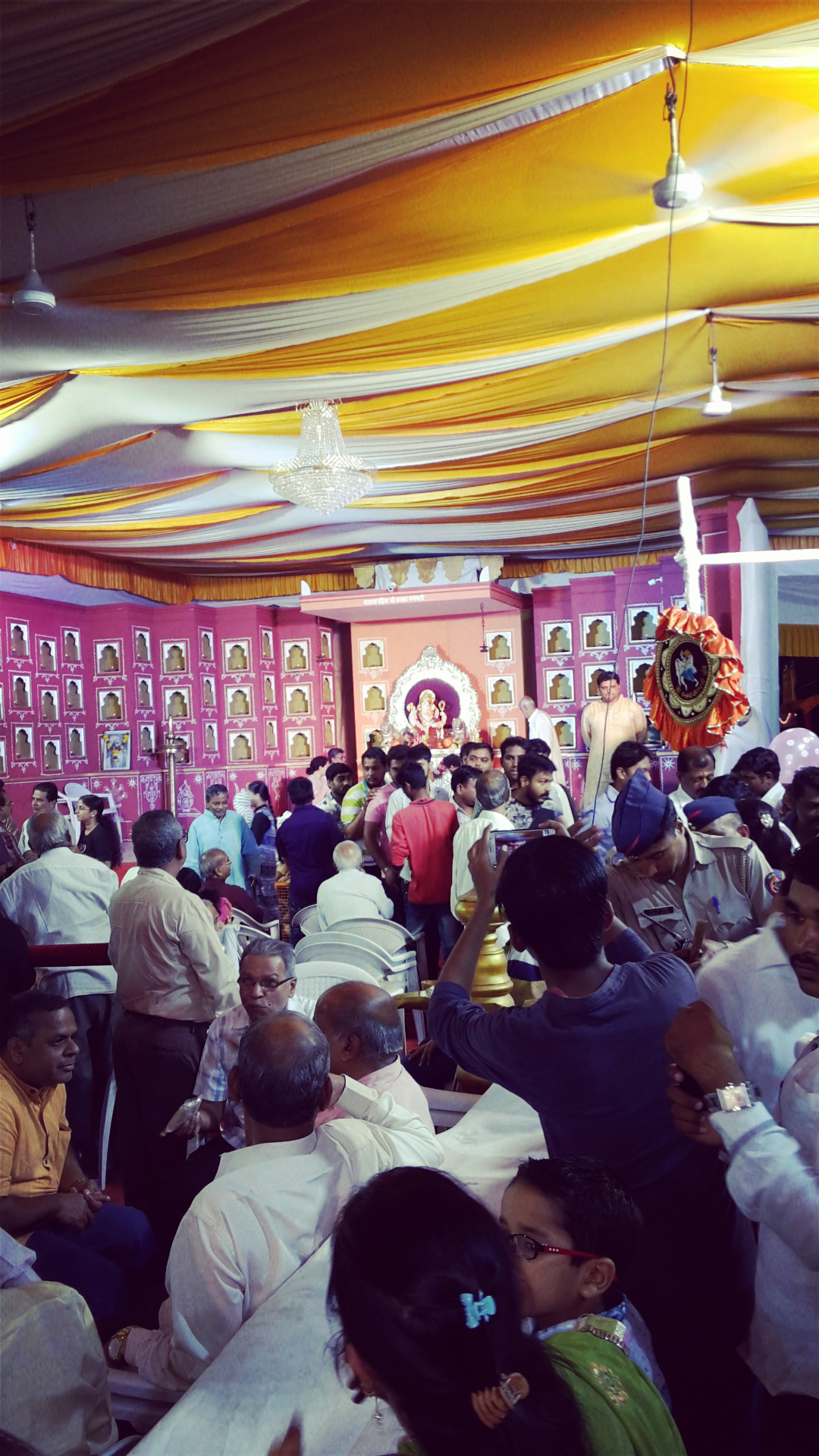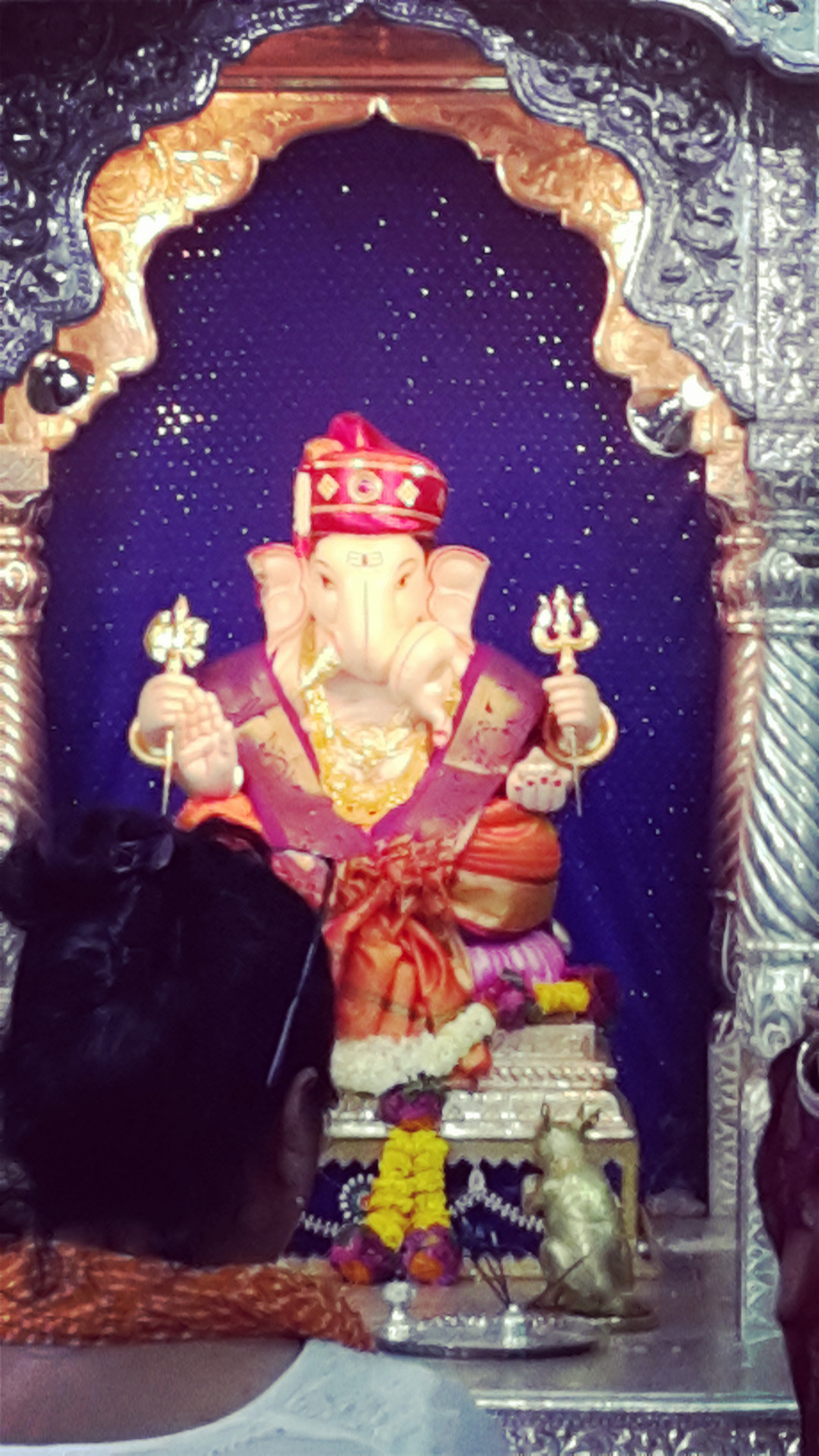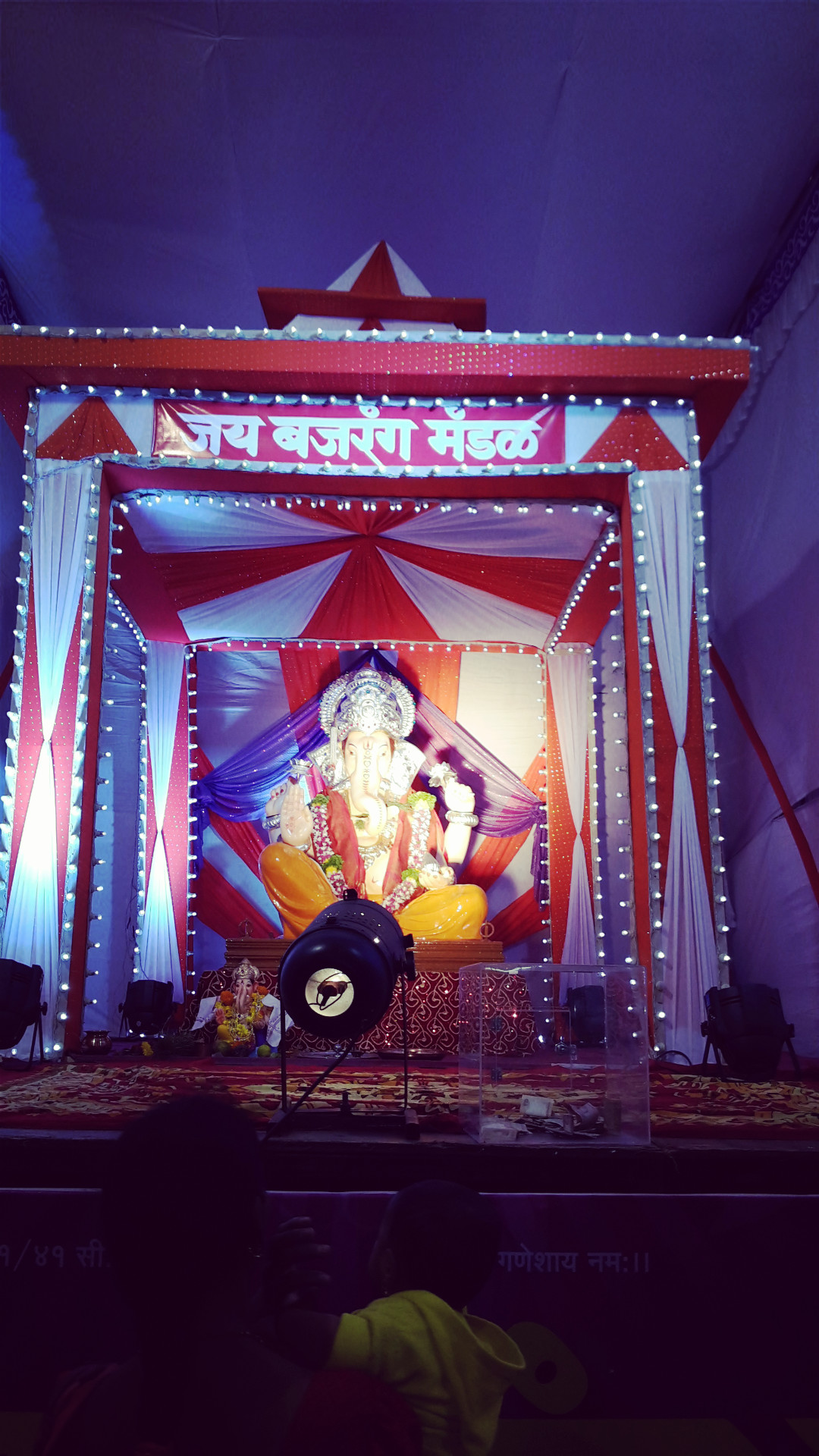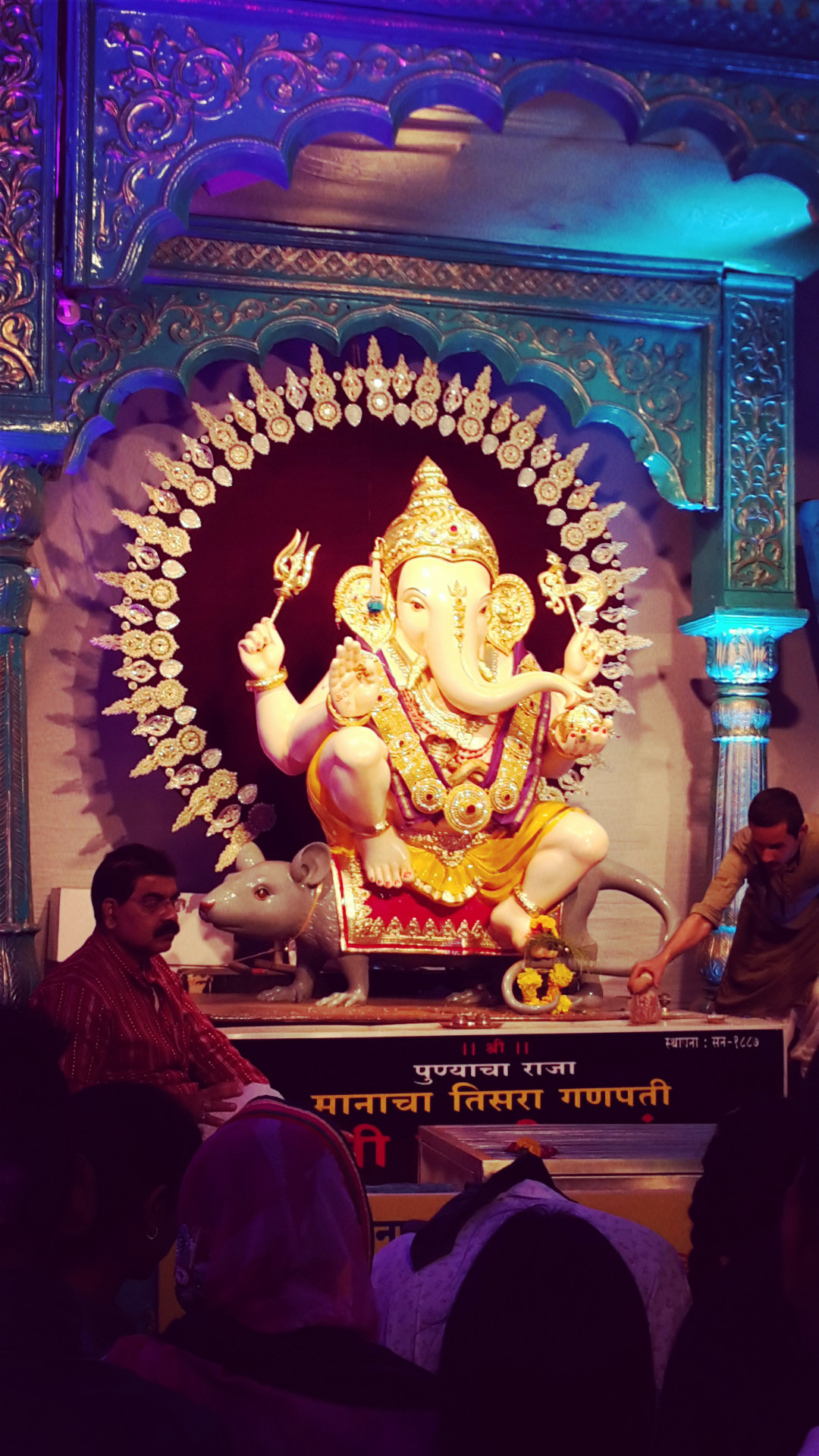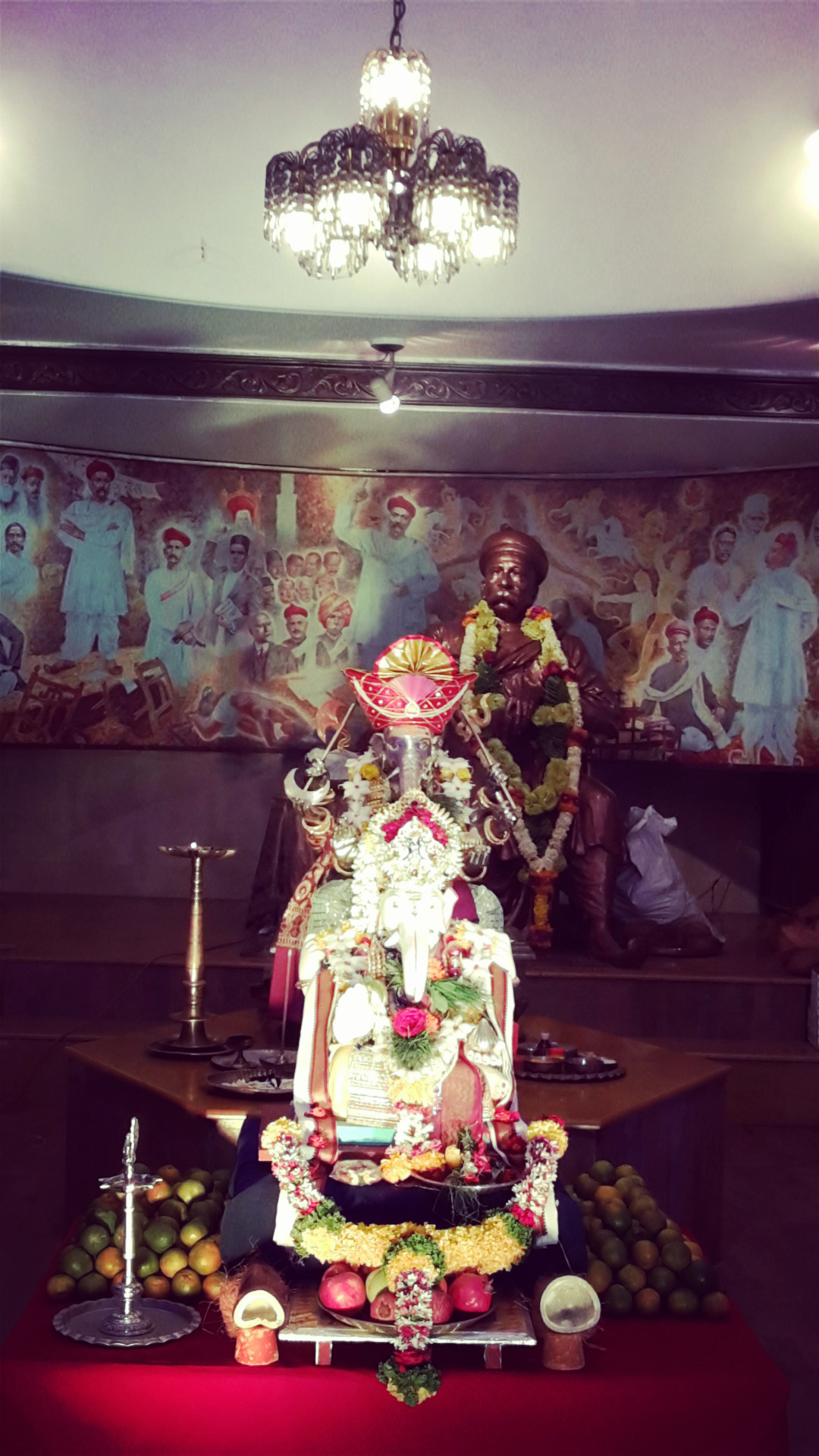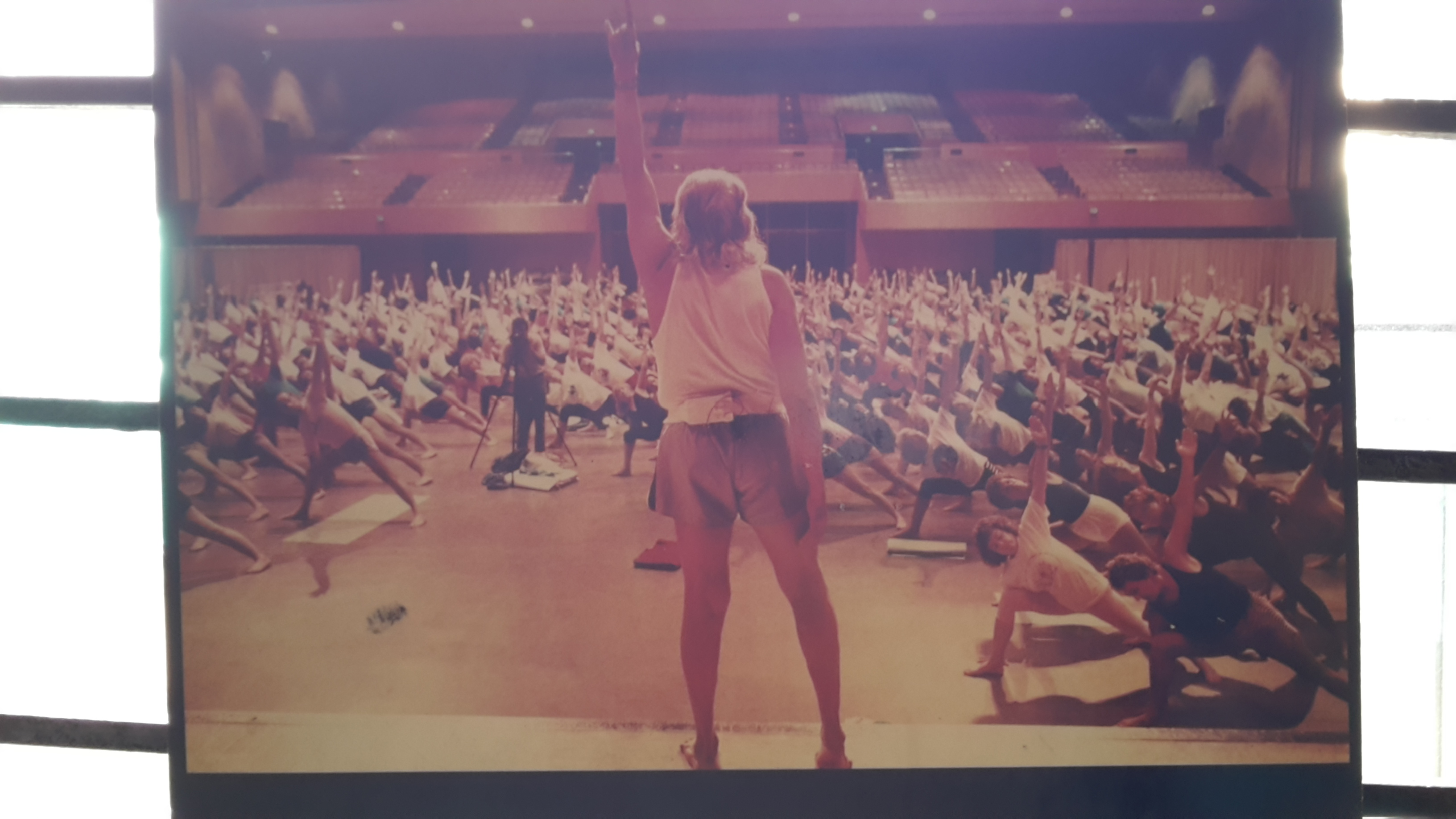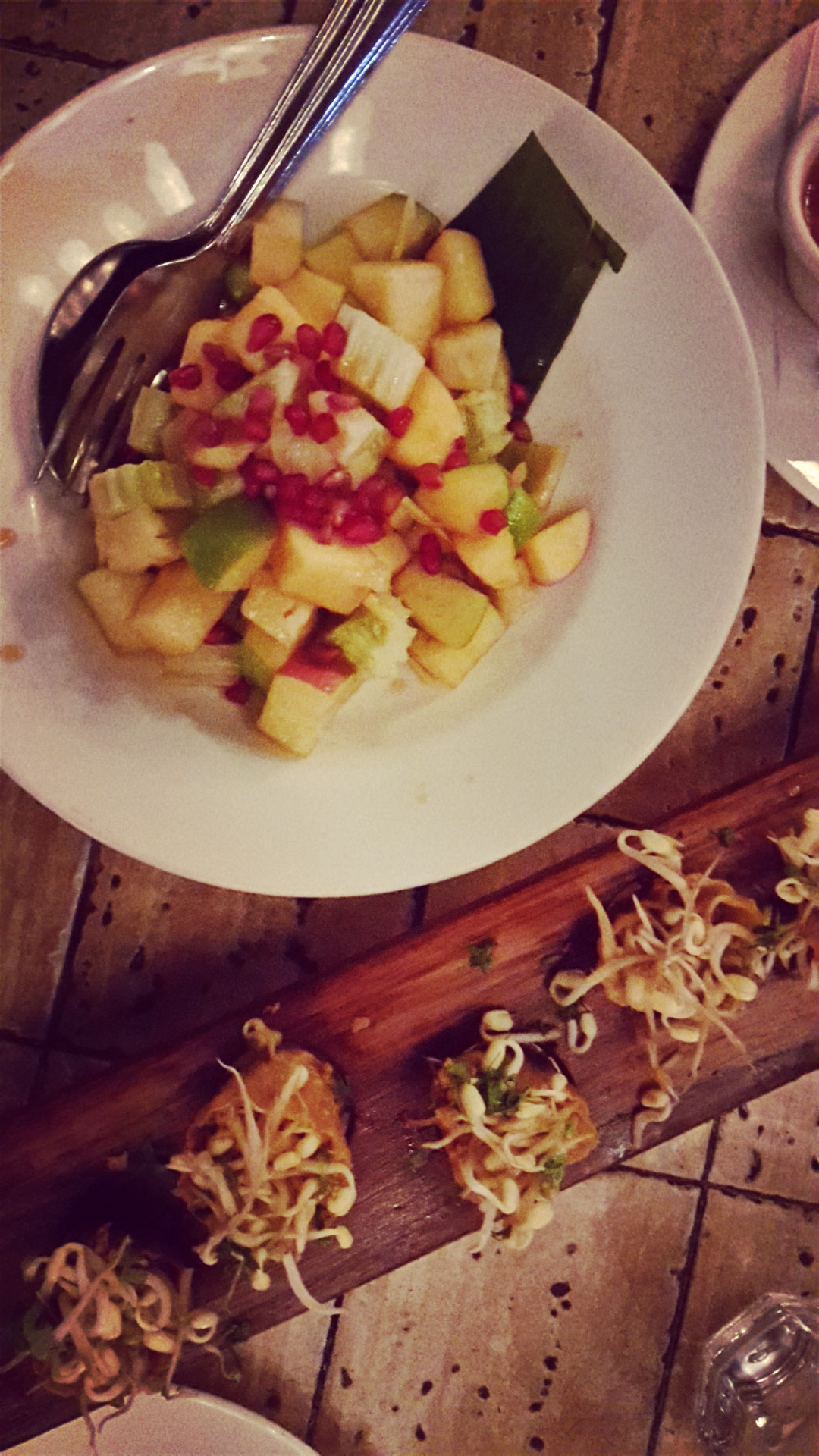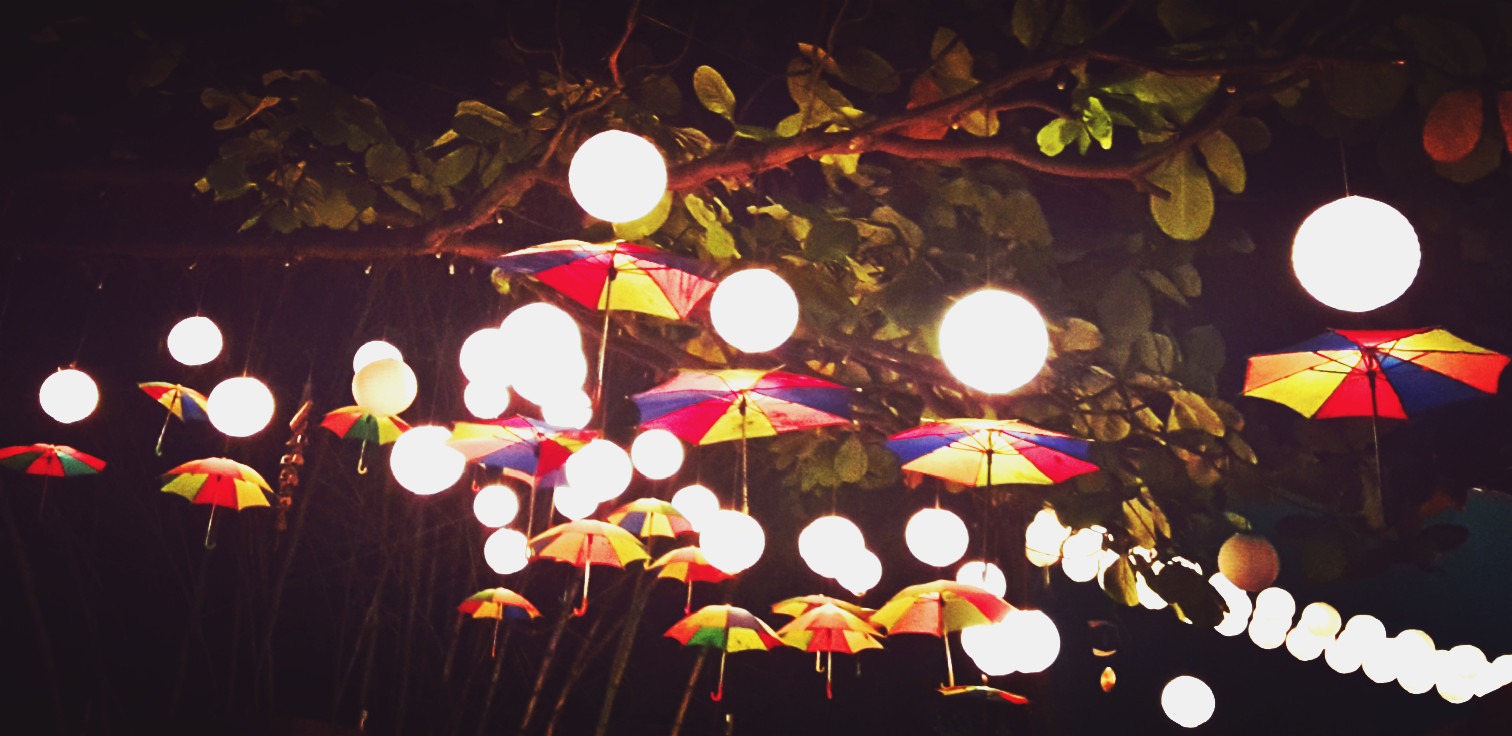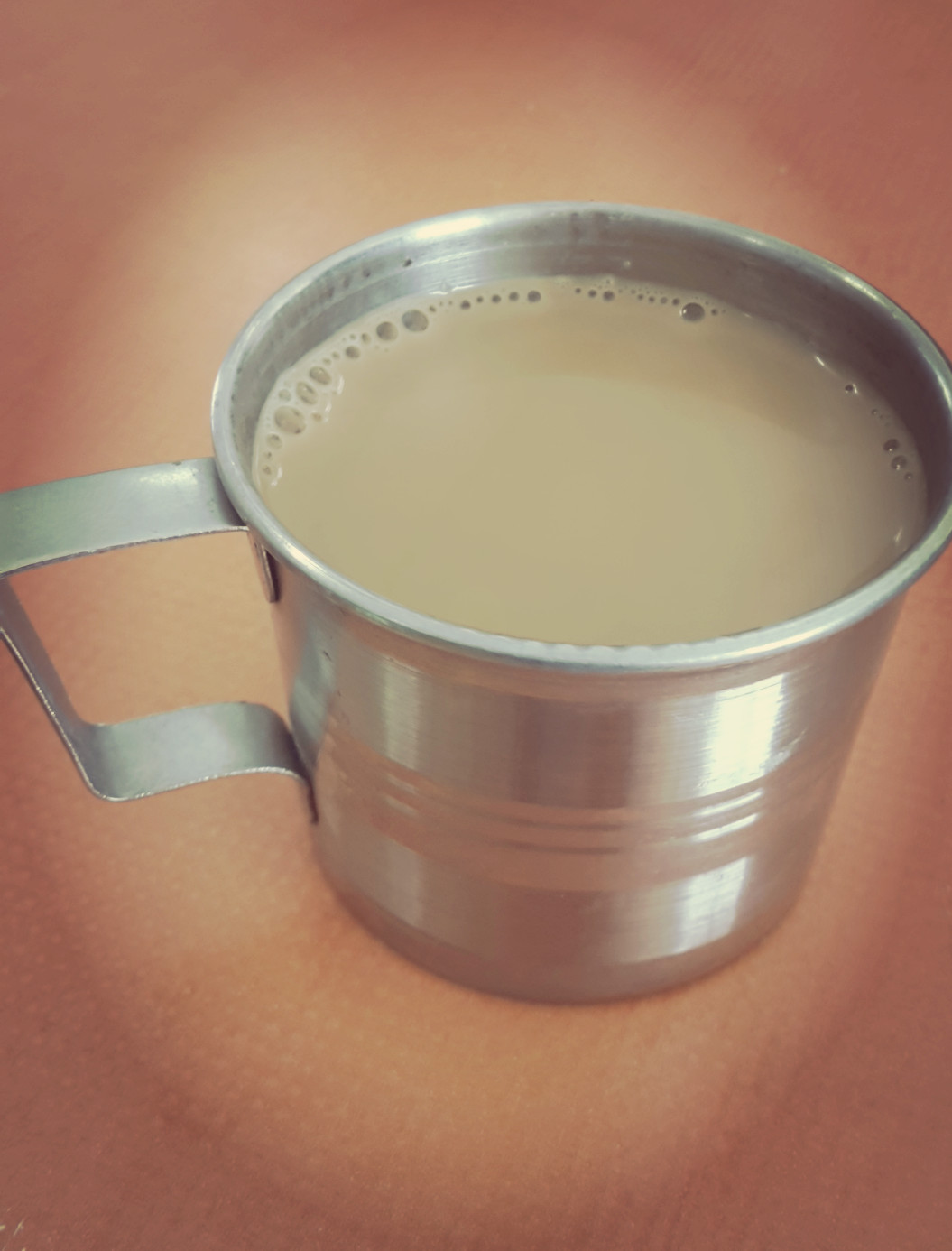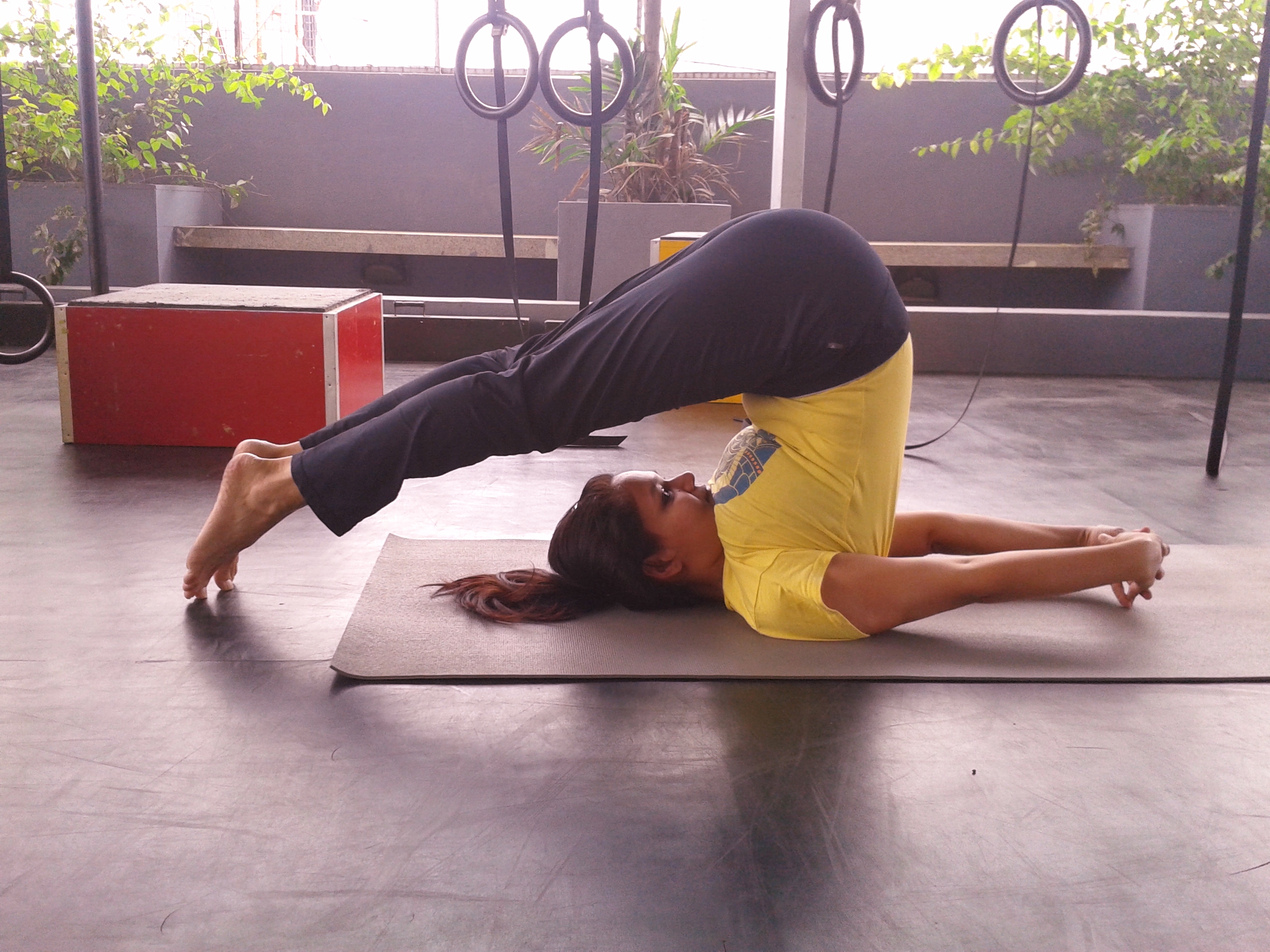I was supposed to come to Delhi on the 18th of this month and leave on the 21st. Since I took two months off from teaching to study in Pune, I felt I should get back as soon as possible. With this in mind I messaged my students that classes would start on the 2nd of Oct.
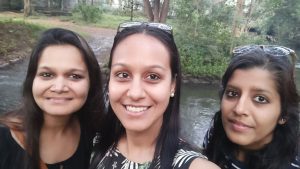
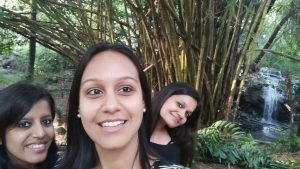
But on the 28th of September I started feeling a bit tired and my appetite disappeared. I found out from some other students that it was a 24 hour virus that was going around. I managed to drag myself to class on Friday and Saturday, but collapsed in bed post class on both days. My sister was slated to visit me for a day on Saturday and I willed myself to get better. I popped a few Crocins on Thursday and Friday and hoped the fever would sweat out of my body. On Saturday the sis arrived and I was still a little shaky. But I was tired of laying in bed all day, infirm. We set out for the Osho park and I hoped that being out and about would make me feel better. I returned that night as tired as ever.
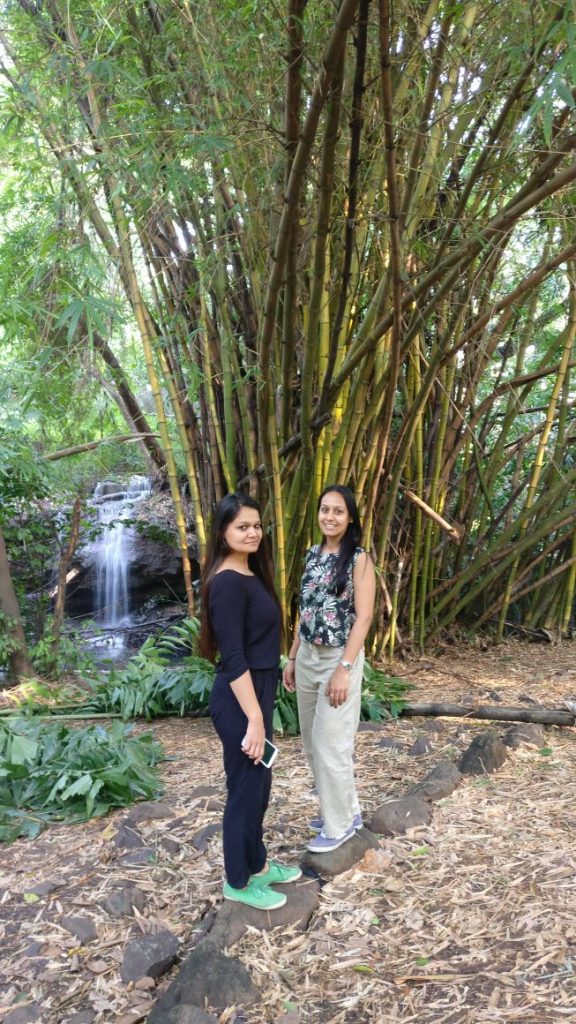
Kakuli & I in the Osho Gardens.
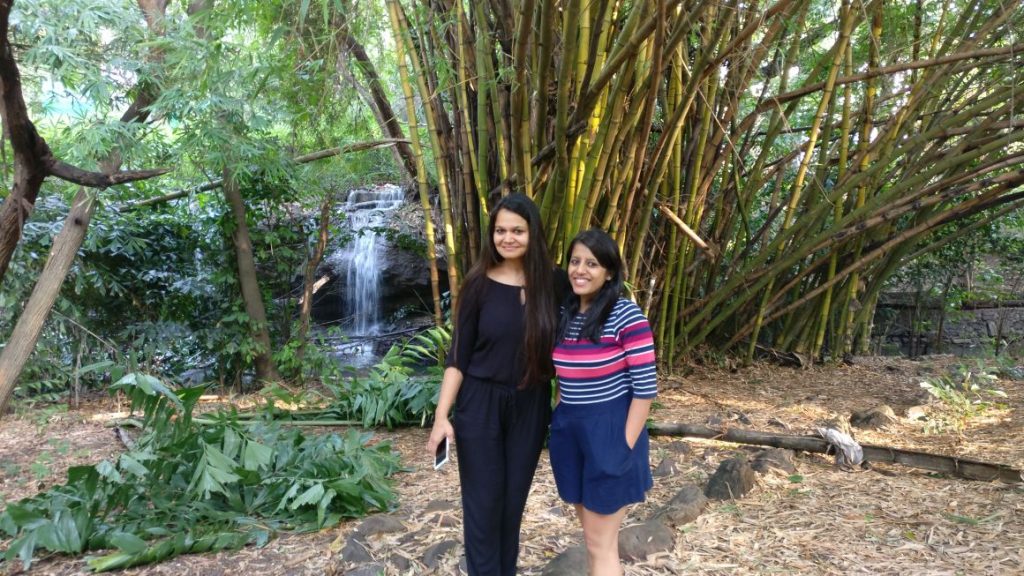
With Sneha in the Osho Gardens.
The next day was the 1st of Oct. I got to Bangalore and once again collapsed in bed. The virus was supposed to be only a 24 hour virus and I was sure that I would be better in the next couple of hours.
I took classes on Monday, Tuesday and Wednesday. It was great to see my students again, but I still didn’t feel 100% myself. I didn’t have the energy to do my own practice and I couldn’t figure out why. I felt that if I was able to drive myself to classes then I should be able to practice too. At the same time I started to question the meaning of life and dwell on its futility.
I pinged my sisters that someone had given me the evil eye because what else could be wrong? I had no appetite and I was listless. I asked a friend of mine how to get rid of the evil eye and went out and even went out to buy a packet of red chillies.
Upon my mom’s insistence I went to the doc. I’d never had to go to the doctor and so actually had to ask some people in my building for the closest reliable and trusted doctor. The doc asked me to get a platelet count done and also to check for Typhoid and Dengue. The results showed my platelet count was 80000 (below normal range but not life threatening) and I tested positive for Dengue. The doc and my mom gave me an ultimatum. The doctor hooked me up to an IV and pumped glucose and Paracetamol into my system. My friend booked a ticket for me to Delhi. I went home and threw some stuff into a suitcase. Then I collapsed until another friend arrived to drop me to the airport.
No one in my family has ever had Dengue fever, but because this disease reaches epidemic like proportions every year in Delhi, everyone knew what to do. Since I fell sick I’ve heard of so many other people who’ve fallen sick during or after their time at RIMYI. Usually Dengue fever lasts anywhere between 5-7 days and it takes a person almost 2 weeks to completely recover. Because of my regular yoga practice I feel I was able to fight the infection relatively quickly. I had fever for about 2 days and was able to attend and conduct classes soon after.
This was the first time I fell sick (thanks to the yogi lifestyle) and my recovery was remarkably quick too.
Here are a few things I learned from getting this disease. Hopefully this will help you in combating the disease.
- Use your mosquito repellent. I’ve heard Citronella oil, Eucalyptus oil and Neem oil also keep the mosquitos away.
- Don’t fight the idea that you might be infected despite taking all sorts precautions. I was almost in denial as I told the doc that I was going about my normal active life and didn’t understand how I could be infected.
- Take care of yourself – as yogis we sometimes put self-care on the backburner. Cancel your classes and try and sleep. Allow the fever to do what it will and focus on resting.
- Allow someone else to take care of you. You’ll have someone to tell you that life isn’t over. I can’t remember the last time I spent so much time at home, but it made my recovery that much faster and more pleasant.
- When I had a fever all I felt like eating was apples and drinking cold water. Looking at even a slice of toast made me want to throw up. Before I found out it was Dengue I felt I should force myself to eat a little bit or I would fall sick. Now I know that loss of appetite is a symptom of Dengue and my body craved hydration.
- Monitor your platelets count daily!
- Papaya leaf juice works like a charm. Take some papaya leaf juice and water and grind them in your mixer. Strain and drink.
- Sleep!
- Catch up on your reading. I renewed my Kindle Unlimited subscription and my Goodreads saw a lot of activity too.
- Don’t worry about your practice/classes/work. Once your mind and body are well rested, you’ll be back with a bang.
I hope to never ever be sick again. This illness has reinforced my belief in making healthy choices every day without fail or excuses. Sometimes getting an infection can’t be prevented but being in good health ensures you fight the infection like a boss. This illness has also made me grateful for all the wonderful people in my life. People who wake up early to drop you to the airport, people who check up on you in the middle of the night, those who ping you from around the world to make sure you’re OK. I was lucky to be able to fly home at a moment’s notice and my mom was ready. I’m grateful to my mother’s maids who knew where to get papaya and giloy leaves and promptly brought them home. Even my tattoo artist reached out to me!
Any disease takes a toll on you physically, but if you have people around you who love you and care about you, you win the battle sooner. I had loads of people who were there for me, and for that I can never be thankful enough.
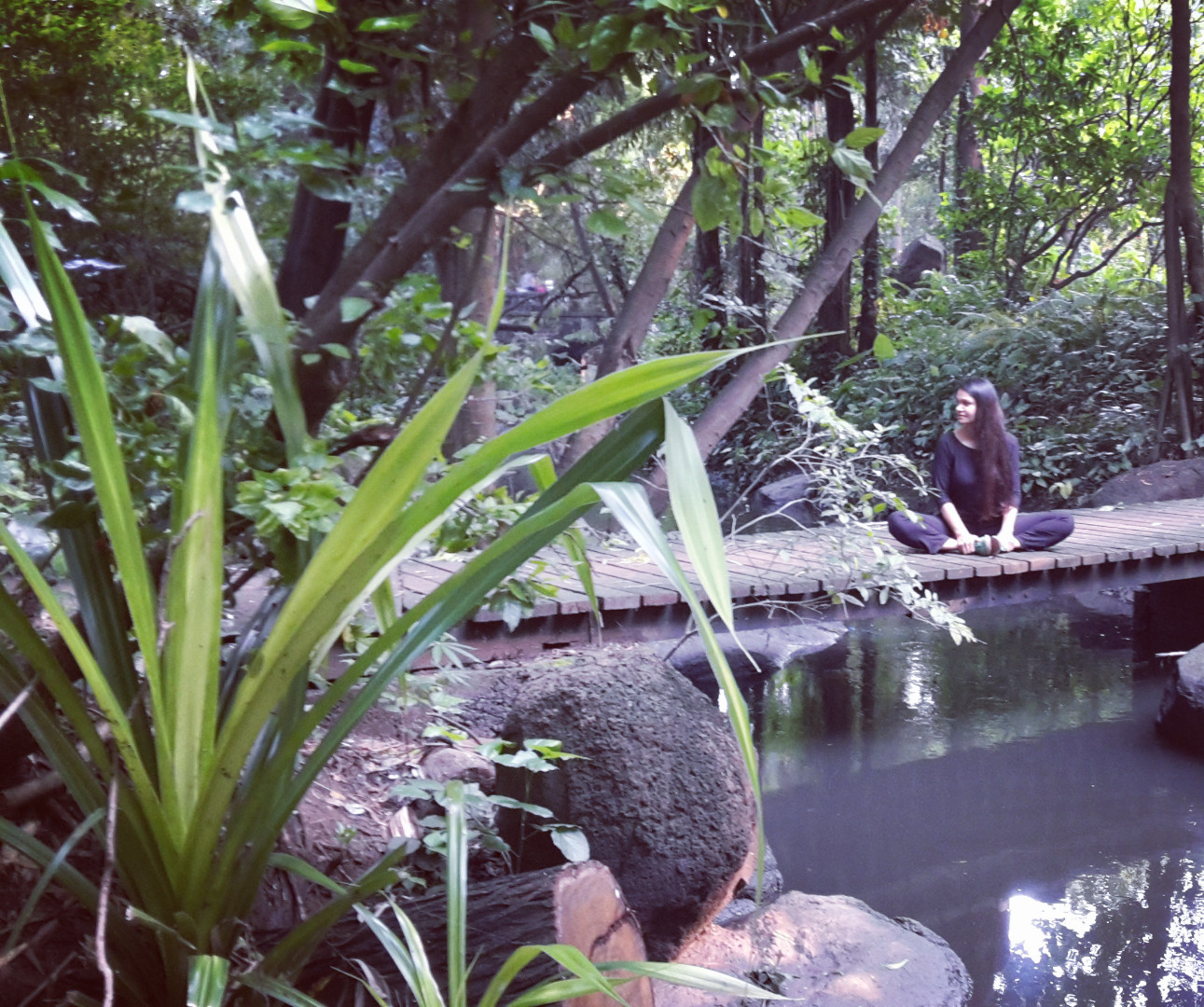
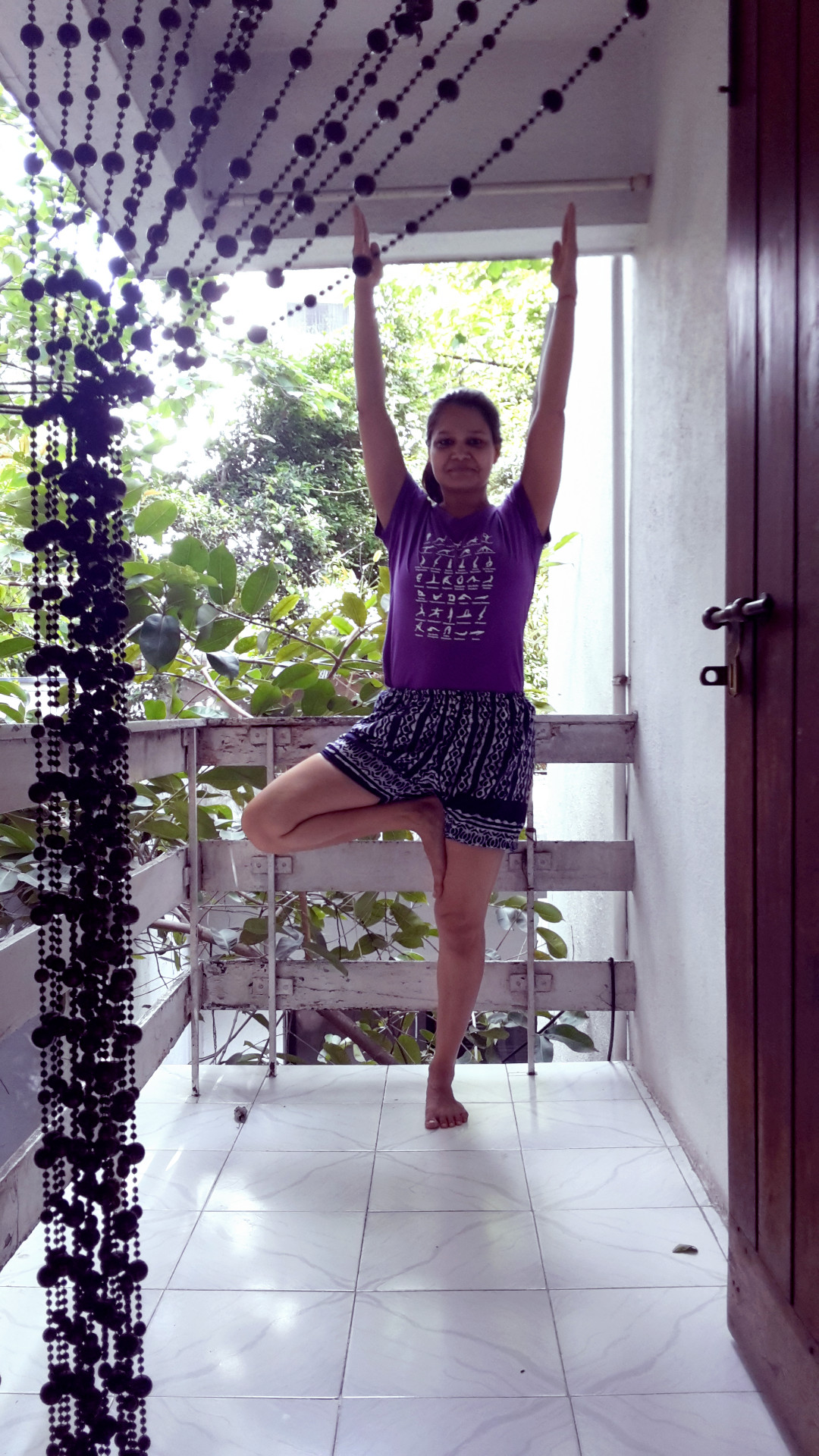
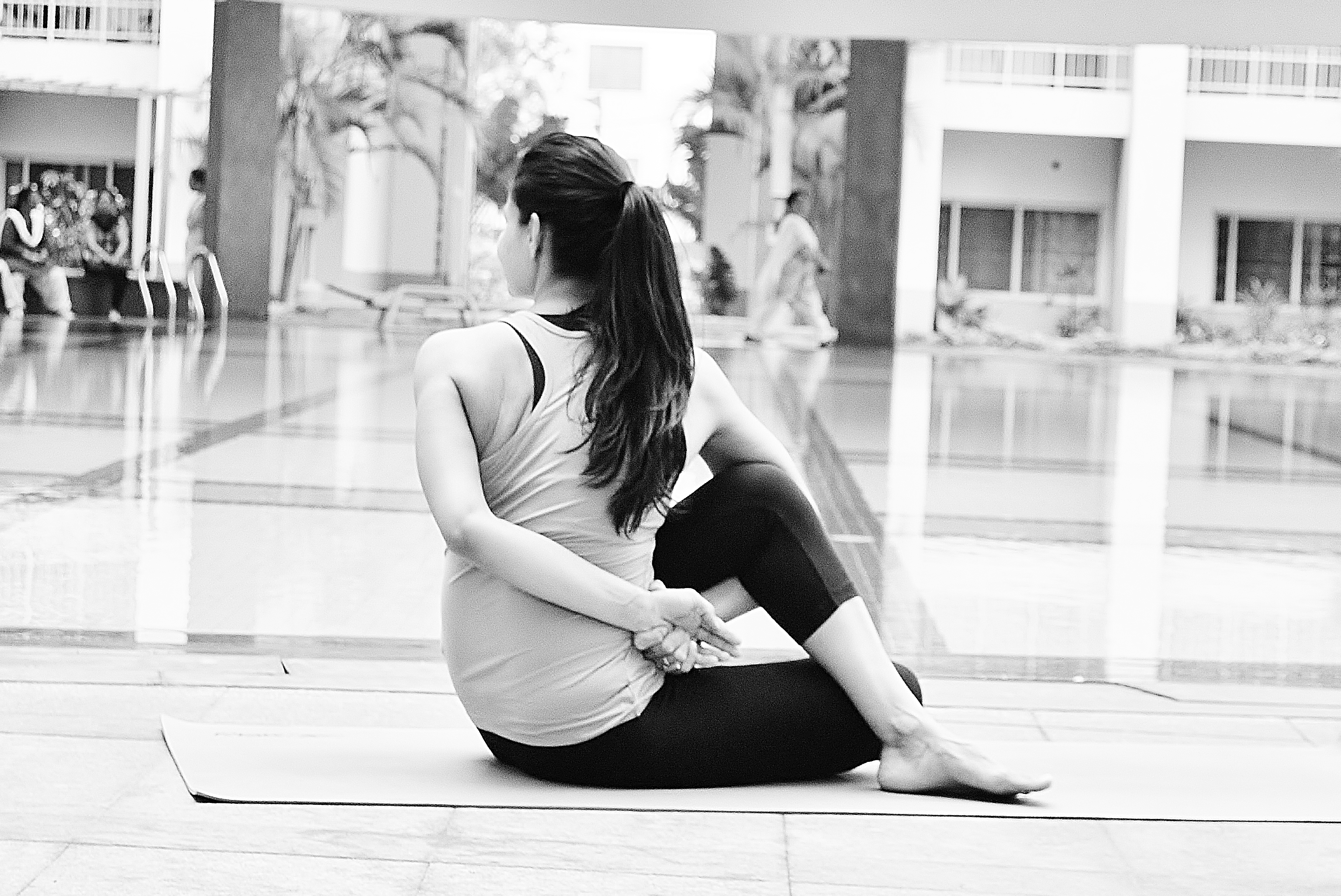
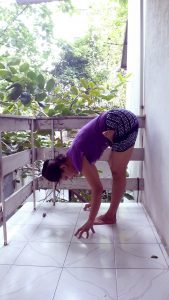 The Vrkshasana/Tree Pose is perhaps the first balancing posture that we learn in yoga class. Over the years I’ve heard a lot about the symbolism associated with this pose. The more common ones are to be rooted and strong and to find balance despite what is happening around you. But today Devki said be like a tree and provide shade and protection to all that come to you. A tree doesn’t judge a good person or bad, an animal or a human. It provides shade, protection and relief to one and all.
The Vrkshasana/Tree Pose is perhaps the first balancing posture that we learn in yoga class. Over the years I’ve heard a lot about the symbolism associated with this pose. The more common ones are to be rooted and strong and to find balance despite what is happening around you. But today Devki said be like a tree and provide shade and protection to all that come to you. A tree doesn’t judge a good person or bad, an animal or a human. It provides shade, protection and relief to one and all.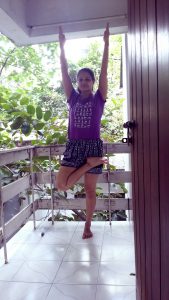
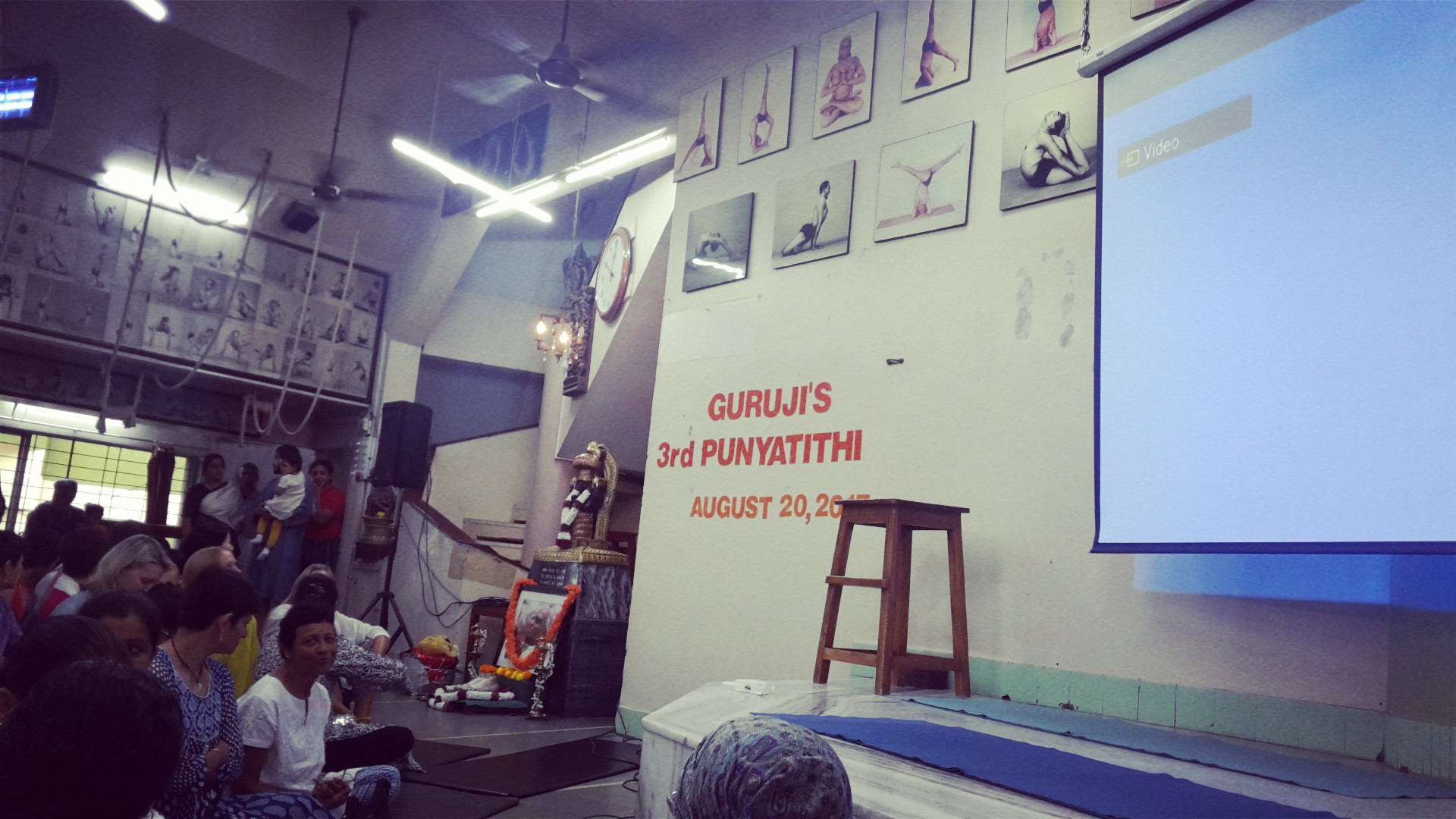
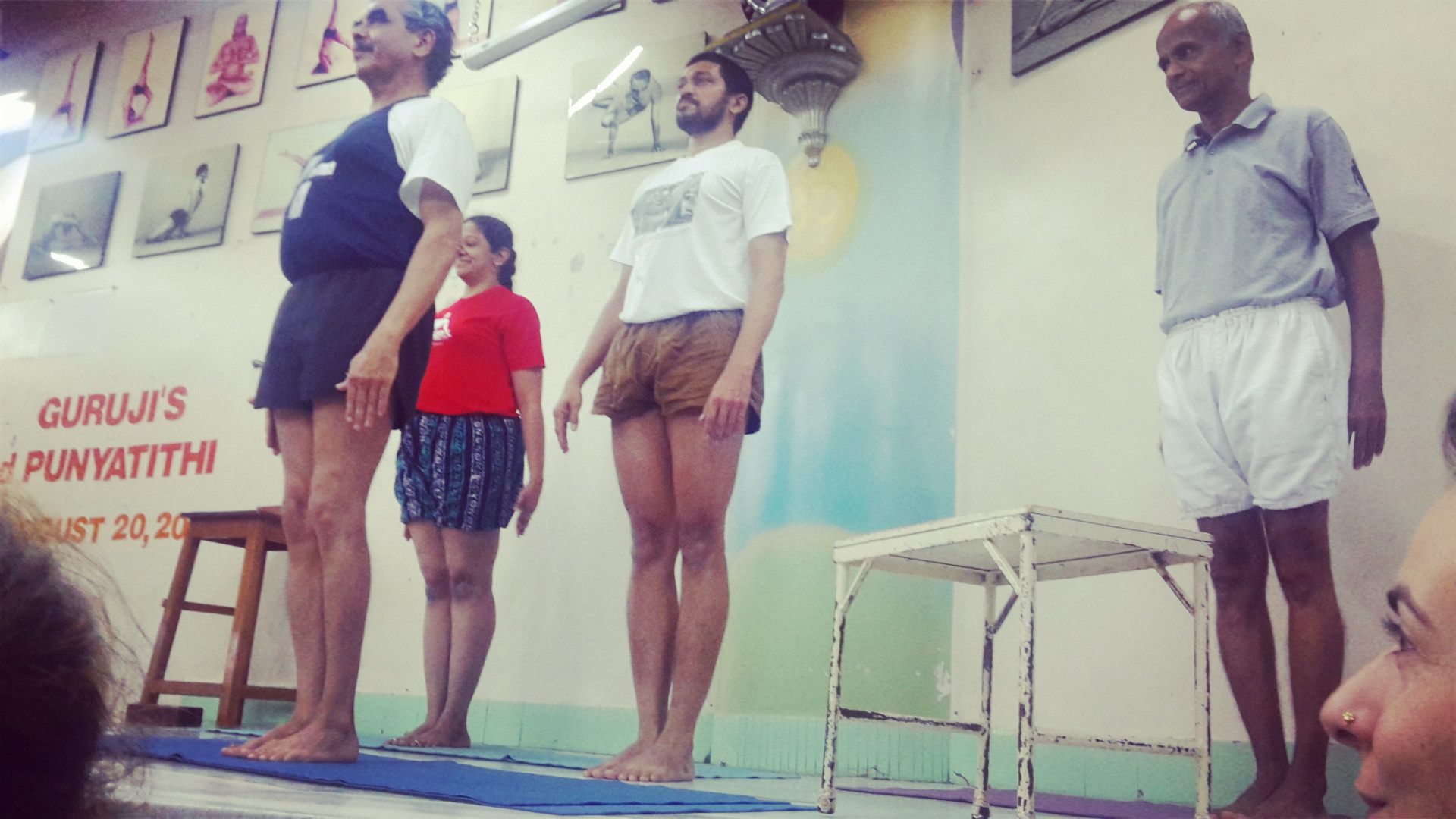
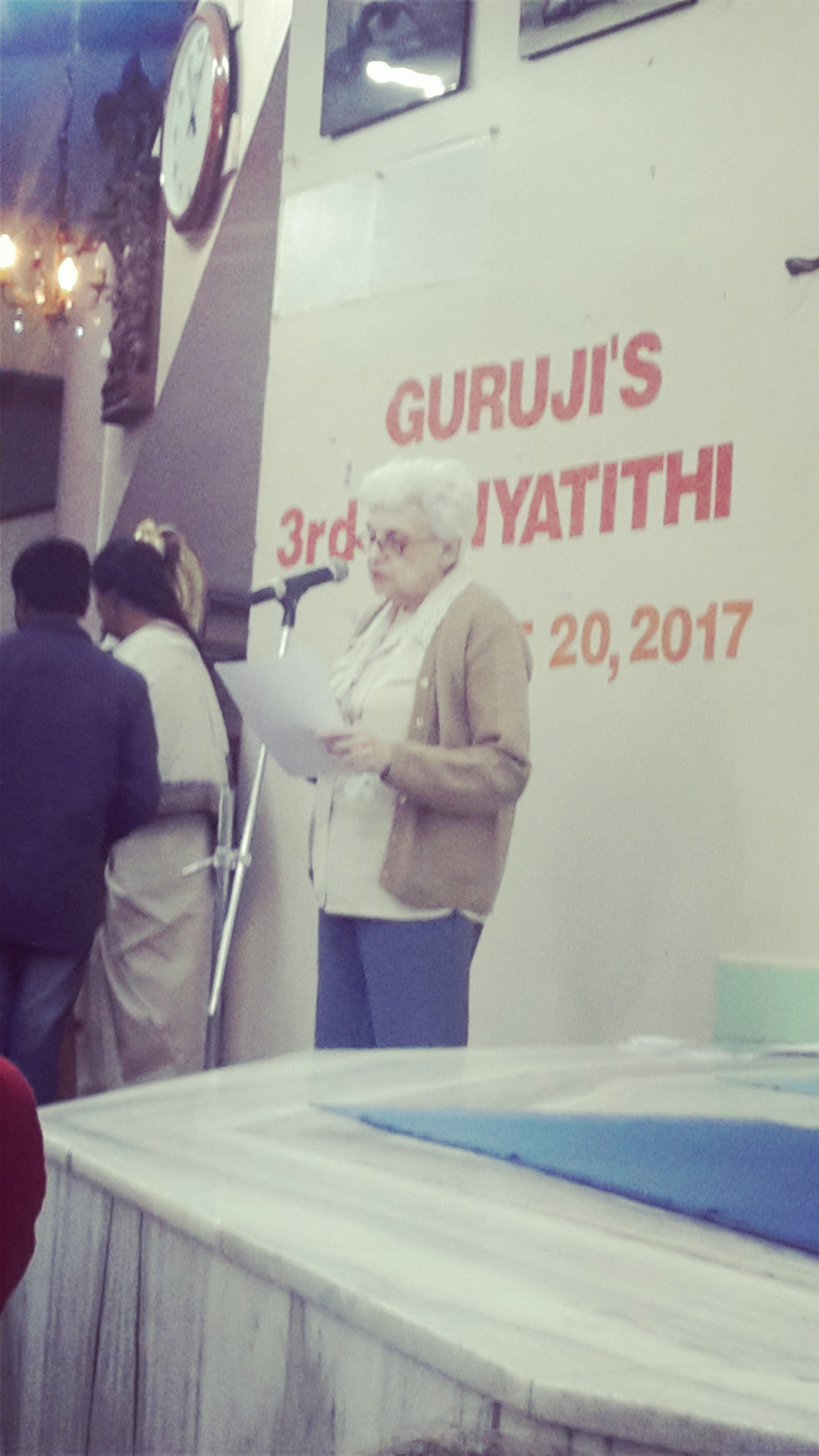
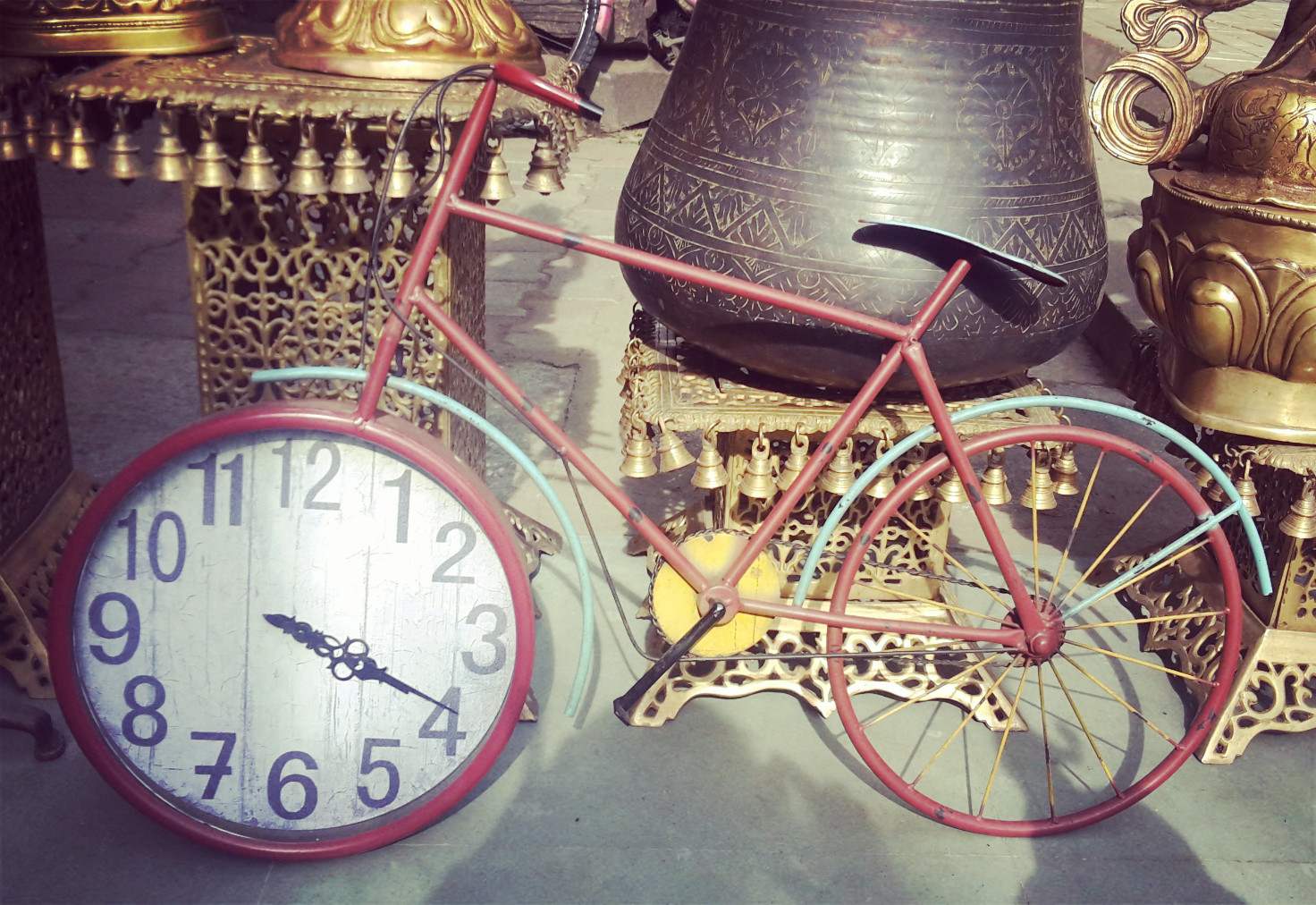
 I’m staying at the same place I stayed in last time. For some reason, ever since I got here, I’ve been unable to get a restful sleep. When you spend a lot of time upside down during the day, you just feel like crawling into bed. There have been times when I felt like I should sleep during the day, but strangely, I wouldn’t be able to! Then one day while walking home after a super long self-practice session, I realized what was happening. The backbends that I have been practicing daily are the culprits. I’ve observed that whenever I practice backbends, I am an emotional wreck for a while. It’s not something that I can distract myself from with inane stuff on Netflix. It’s a bit more serious. And it happens to a lot of other people as well. When you bend backward, your emotional centre is exposed and open. Sometimes this causes the flood gates to open. You remember insignificant things and start to feel bad about them. Or events that you thought you’d already dealt with come to the fore and you realise that things aren’t ok. It’s a barrage of emotion that erupt and possess you and bring you to tears. But if it’s an emotional detox, then it’s probably good to get this stuff out of your system to clean up your space. So despite the fact that I absolutely dread backbends, I keep pushing through. I figure that once I’m done purging all this emotion I’ll be able to sleep better. At least I hope so. Time will tell.
I’m staying at the same place I stayed in last time. For some reason, ever since I got here, I’ve been unable to get a restful sleep. When you spend a lot of time upside down during the day, you just feel like crawling into bed. There have been times when I felt like I should sleep during the day, but strangely, I wouldn’t be able to! Then one day while walking home after a super long self-practice session, I realized what was happening. The backbends that I have been practicing daily are the culprits. I’ve observed that whenever I practice backbends, I am an emotional wreck for a while. It’s not something that I can distract myself from with inane stuff on Netflix. It’s a bit more serious. And it happens to a lot of other people as well. When you bend backward, your emotional centre is exposed and open. Sometimes this causes the flood gates to open. You remember insignificant things and start to feel bad about them. Or events that you thought you’d already dealt with come to the fore and you realise that things aren’t ok. It’s a barrage of emotion that erupt and possess you and bring you to tears. But if it’s an emotional detox, then it’s probably good to get this stuff out of your system to clean up your space. So despite the fact that I absolutely dread backbends, I keep pushing through. I figure that once I’m done purging all this emotion I’ll be able to sleep better. At least I hope so. Time will tell.